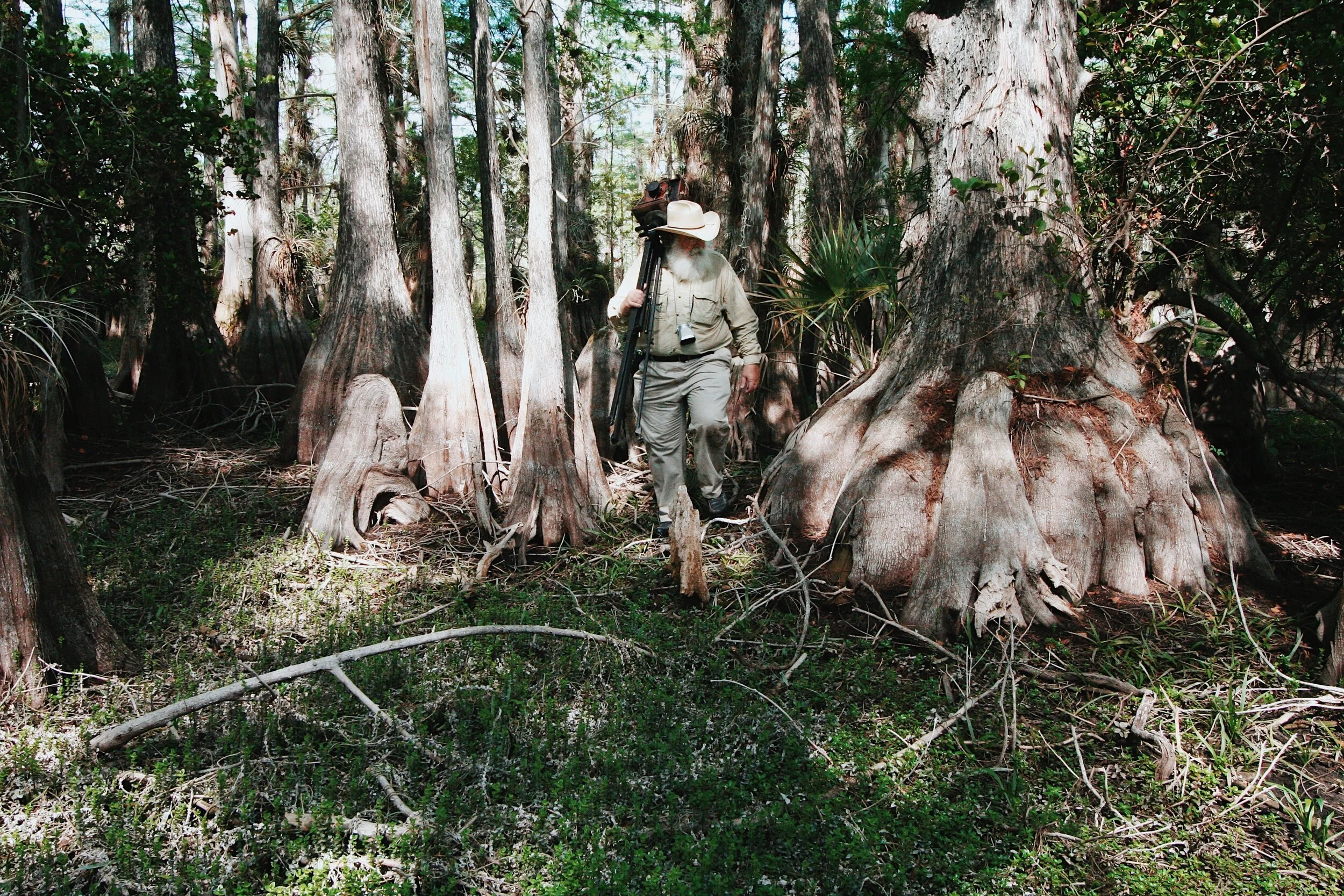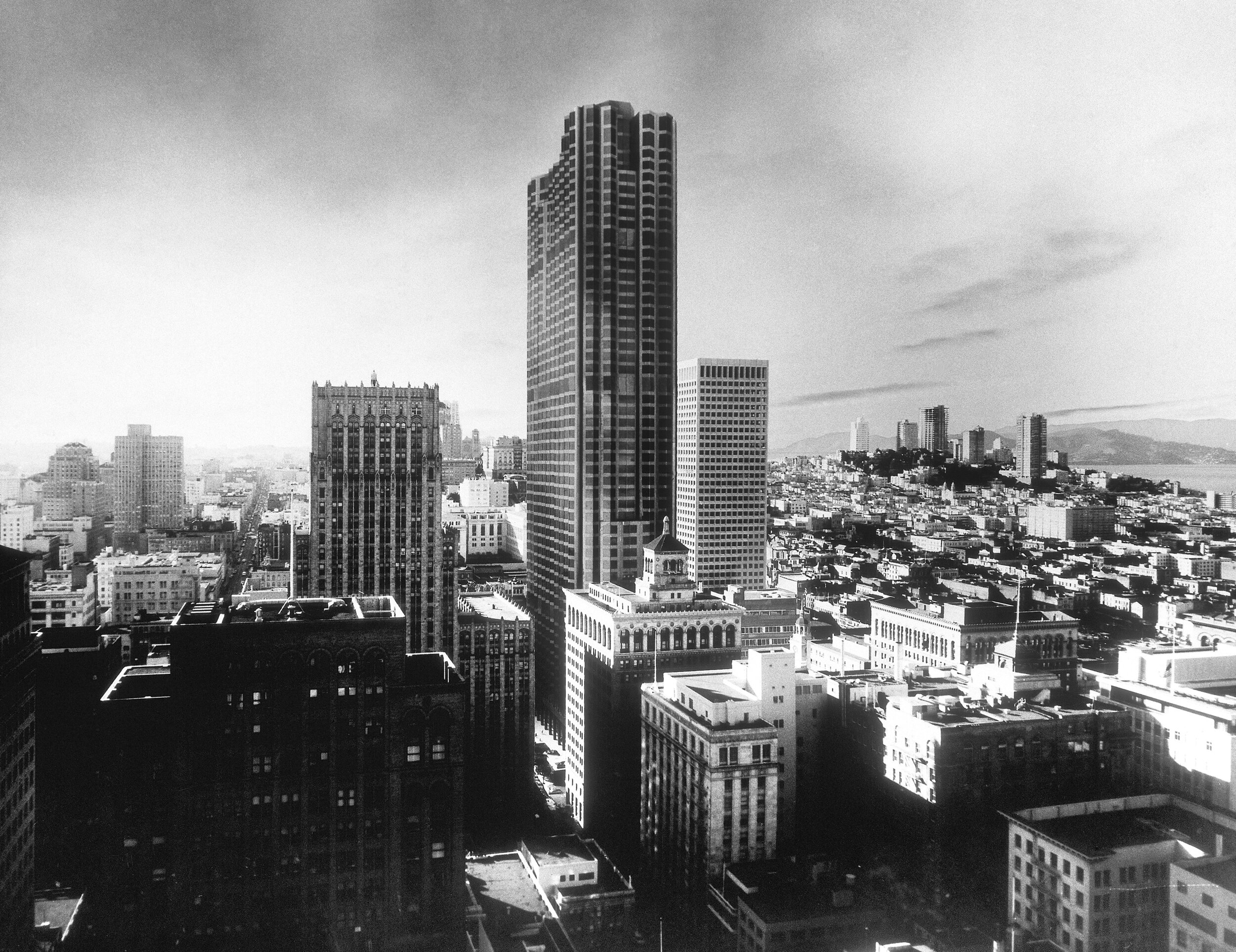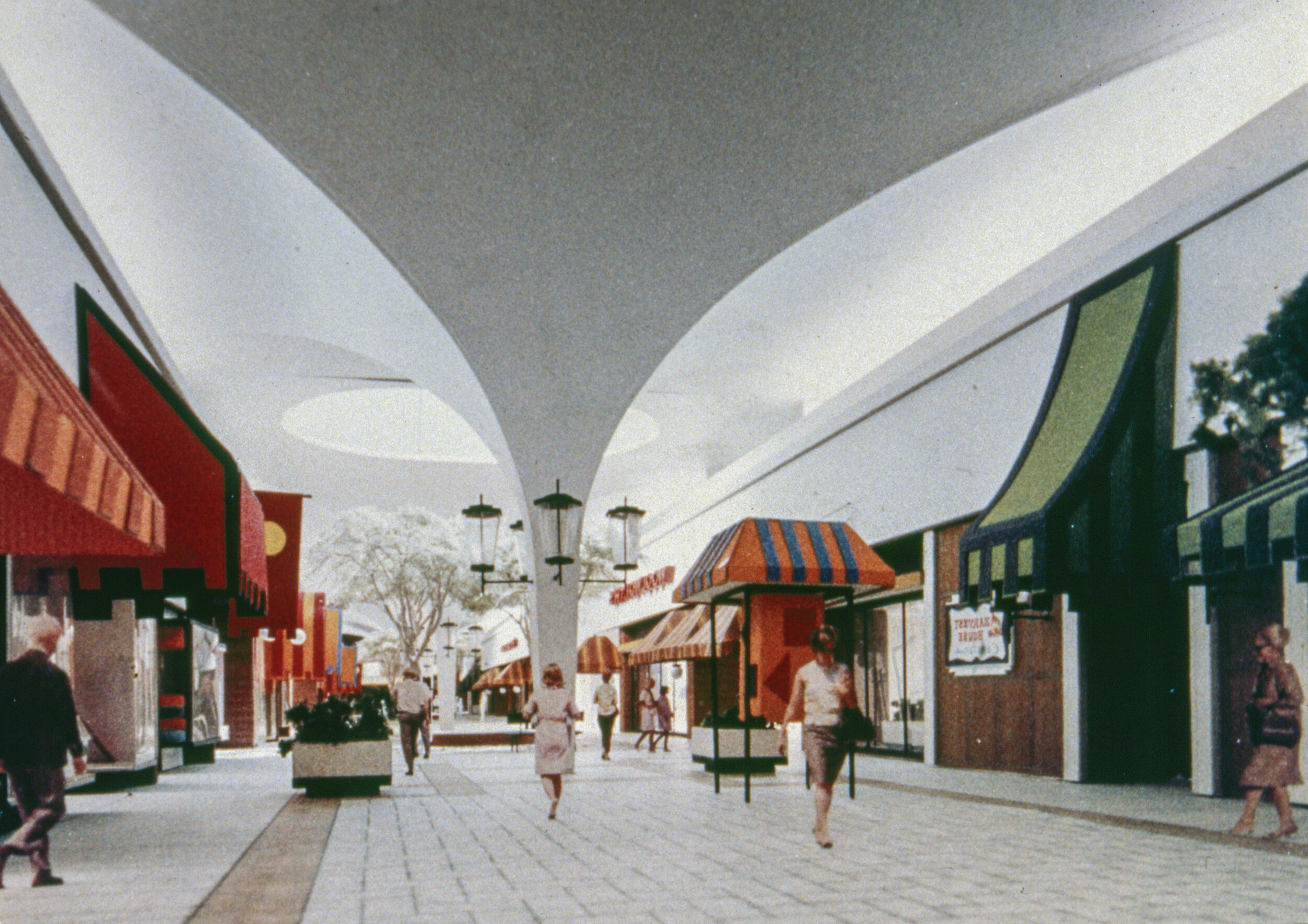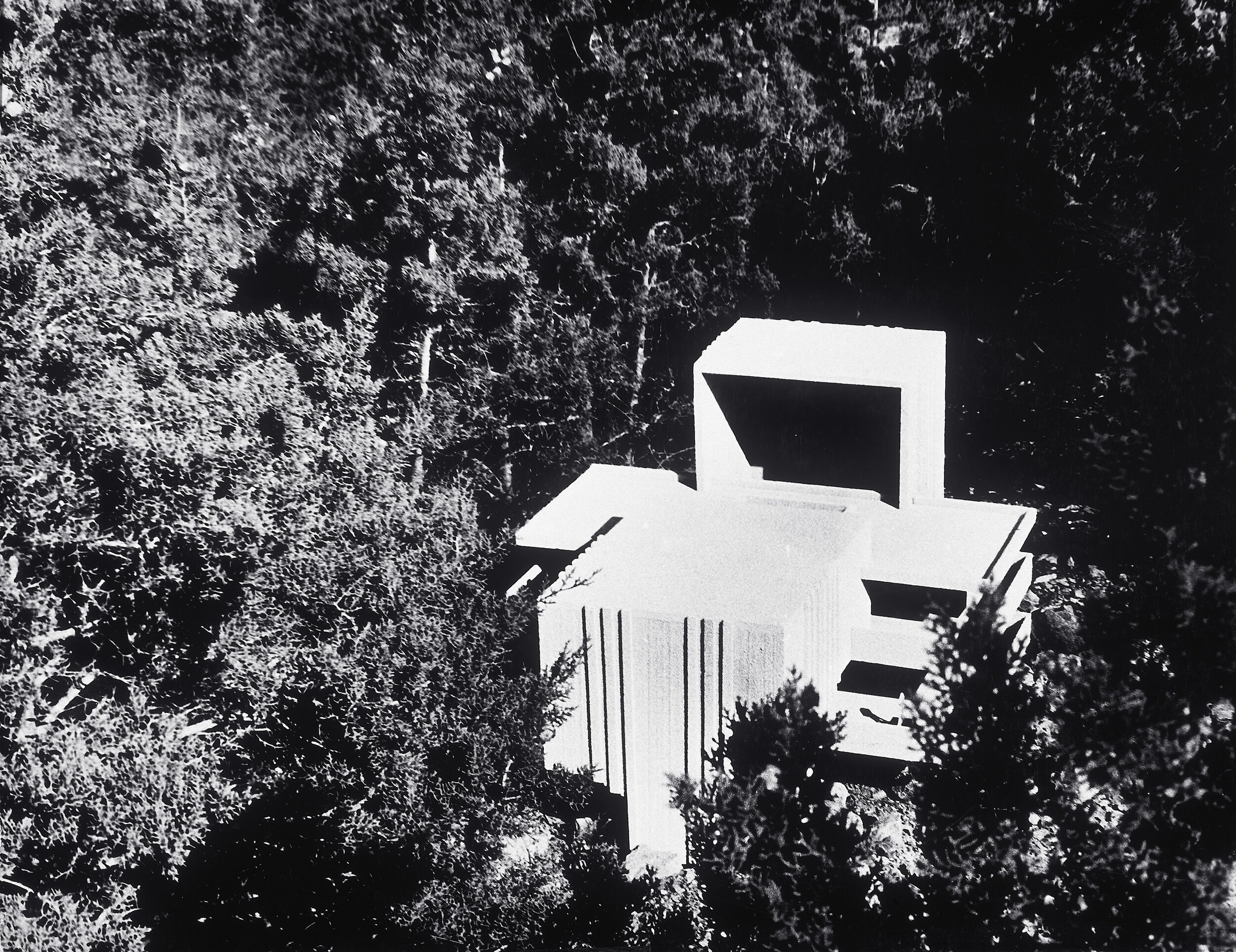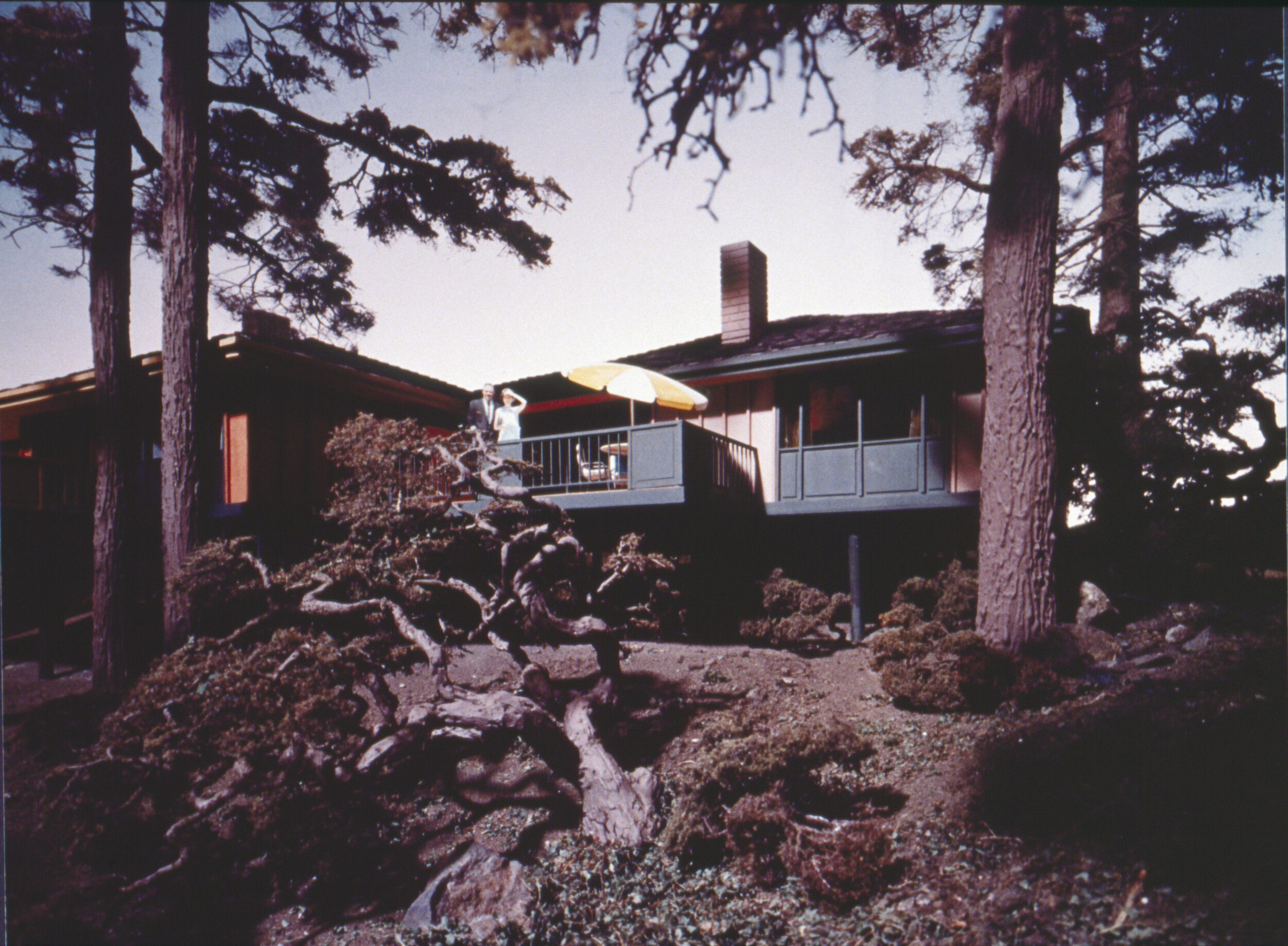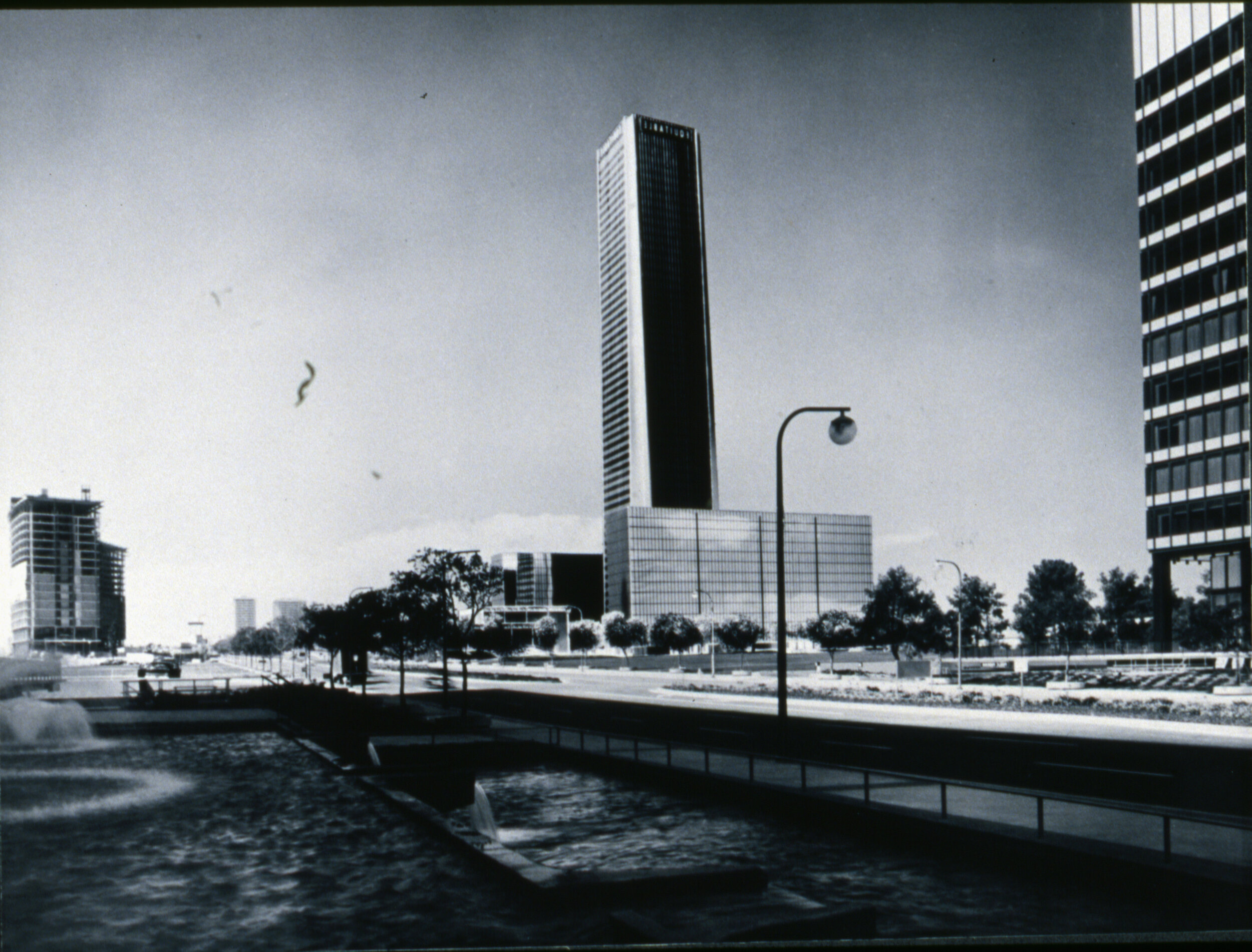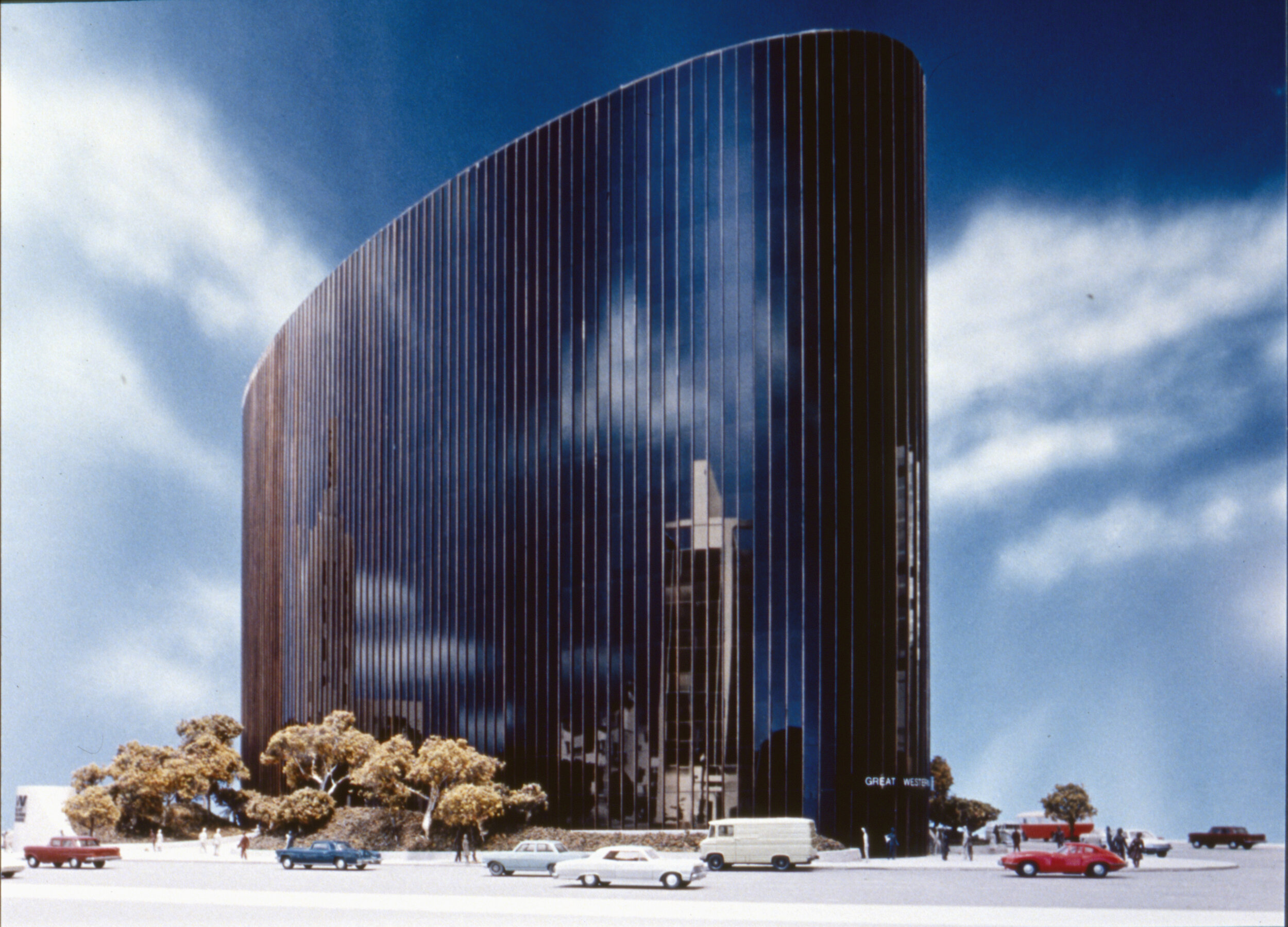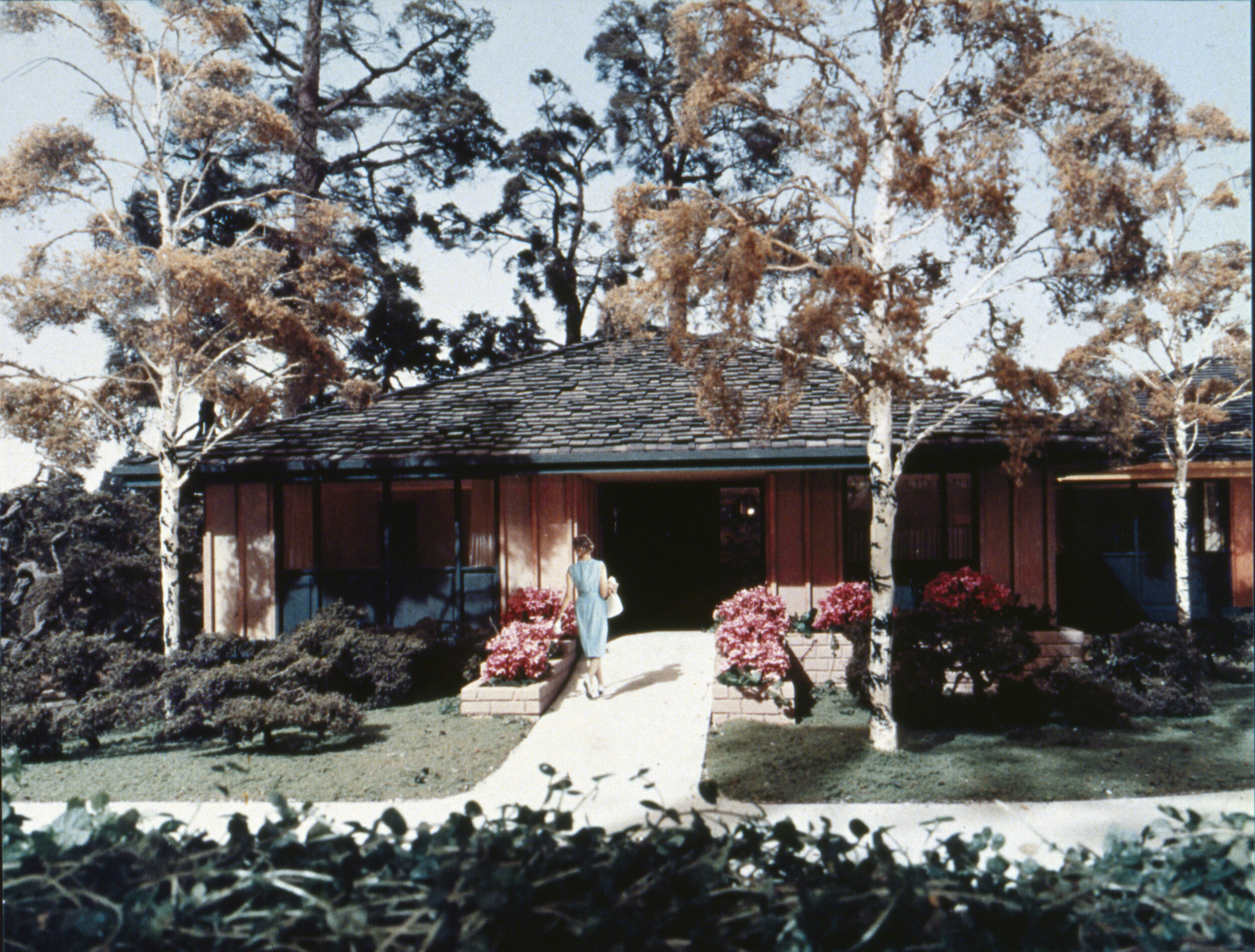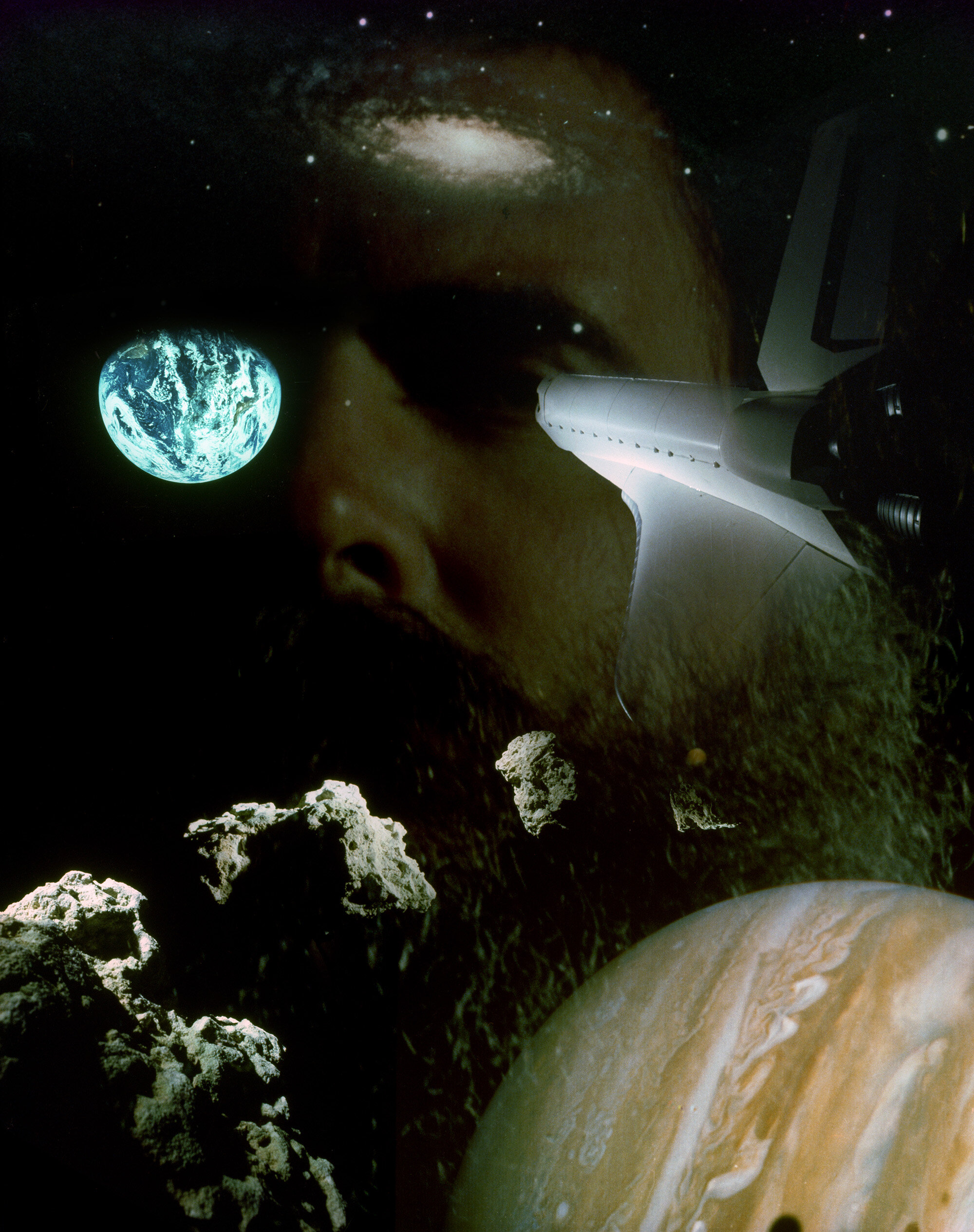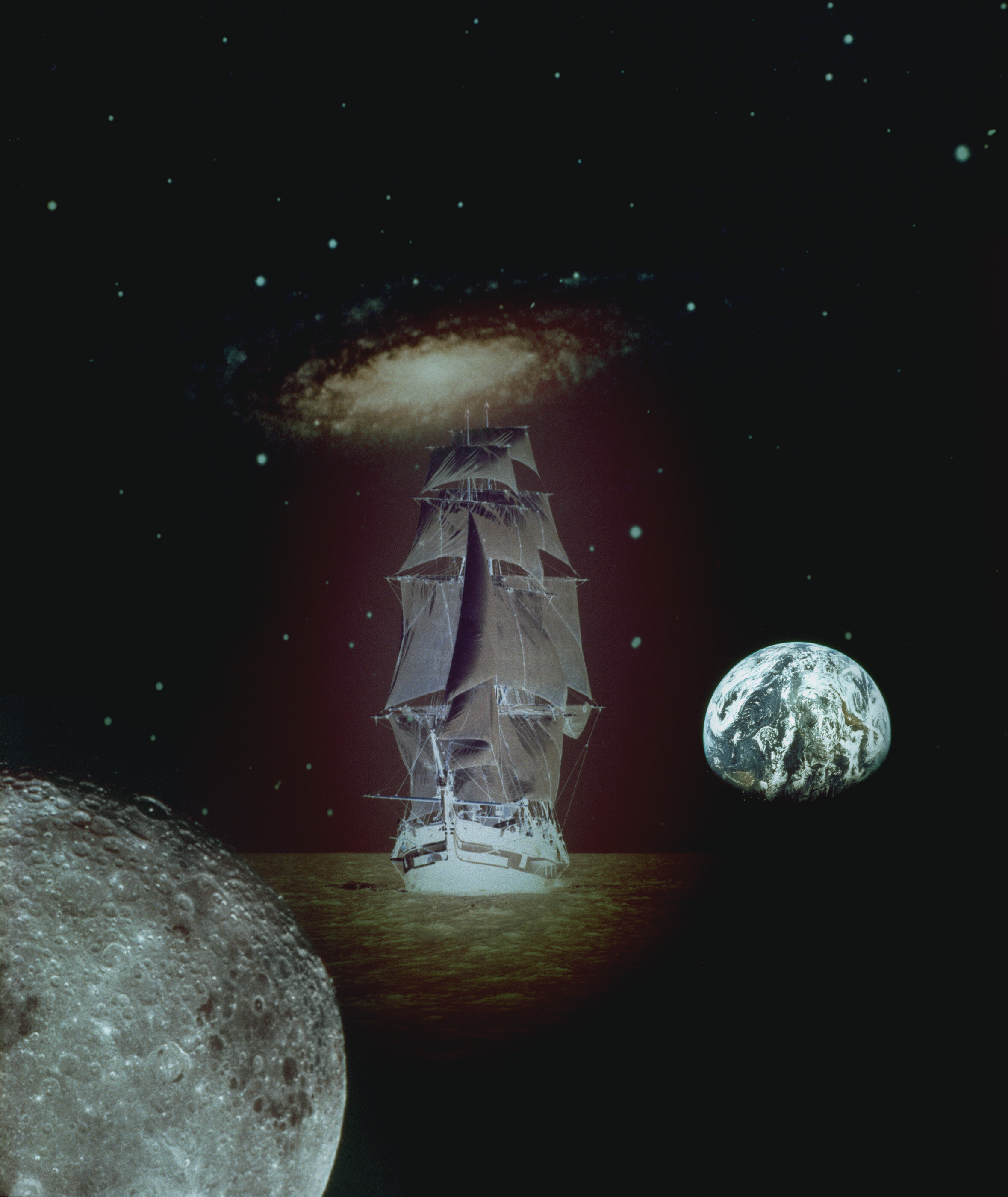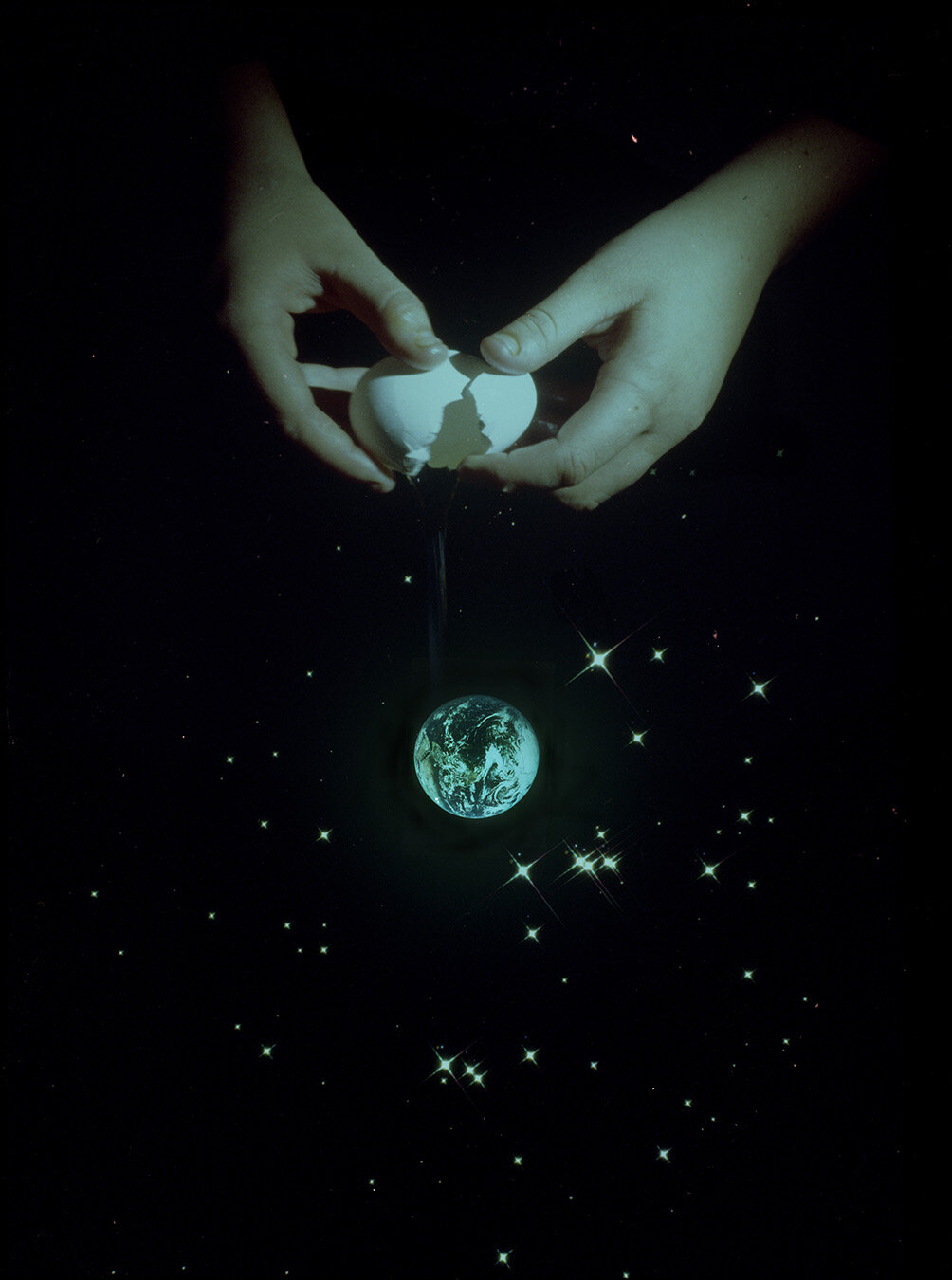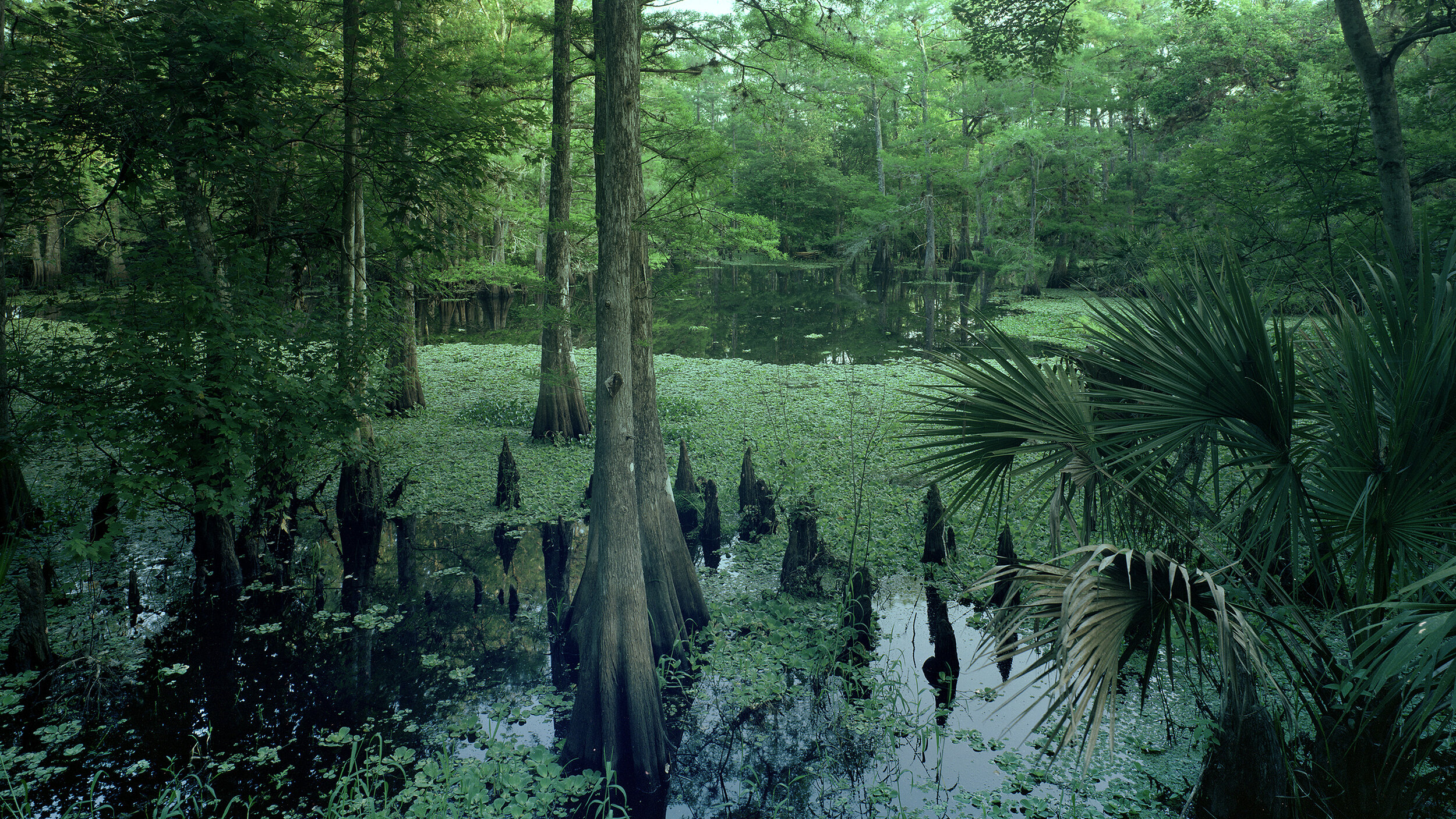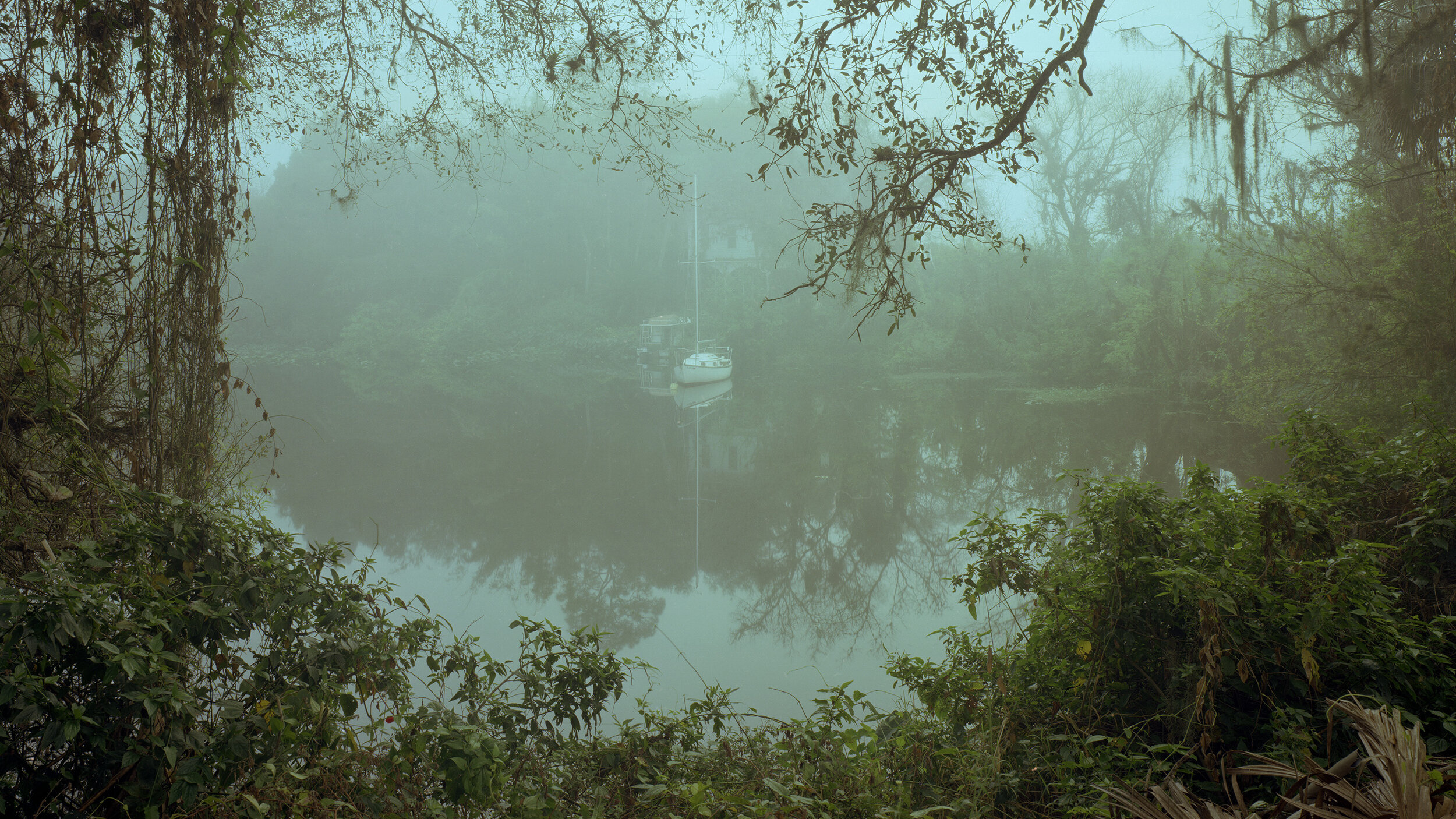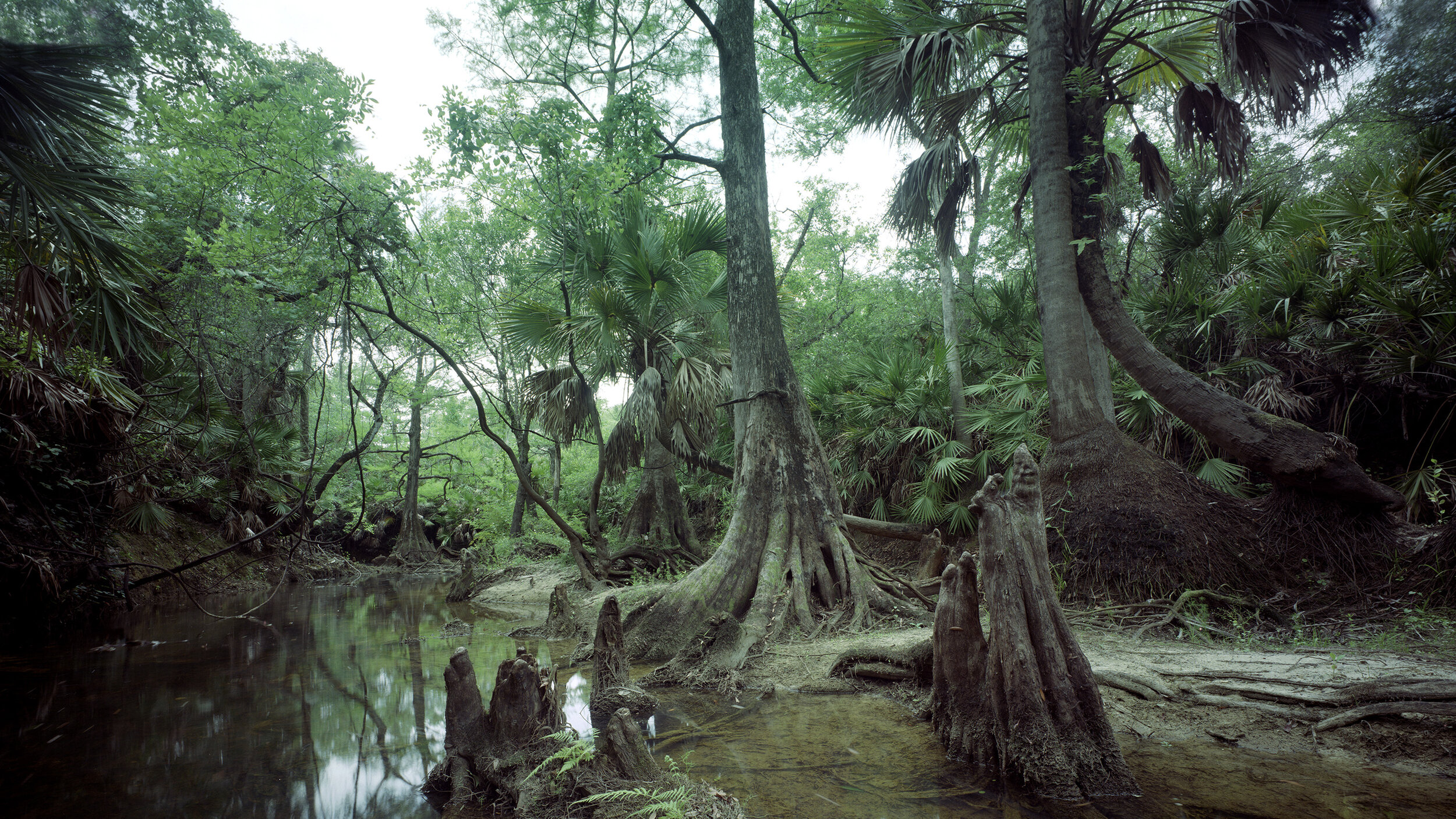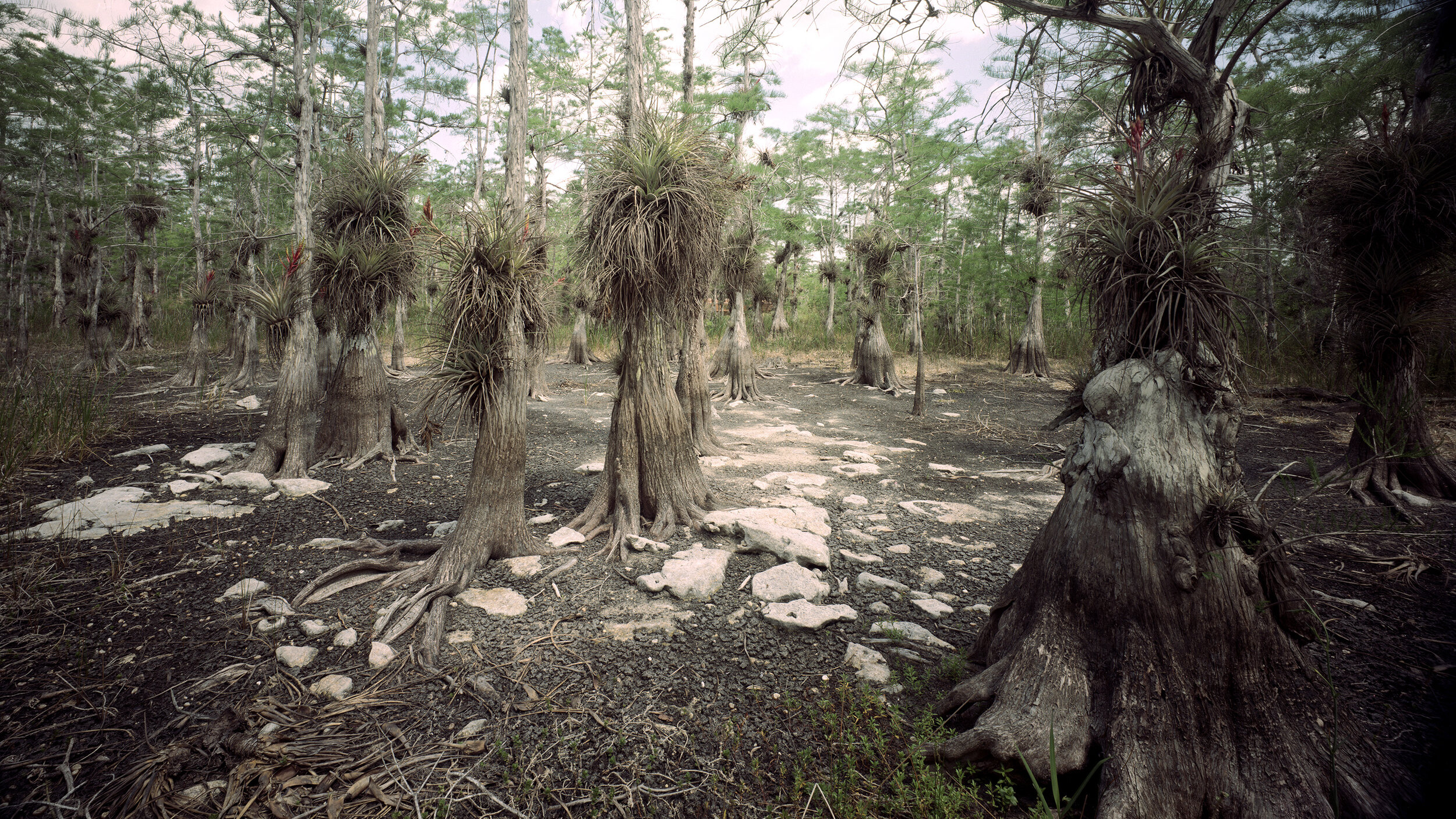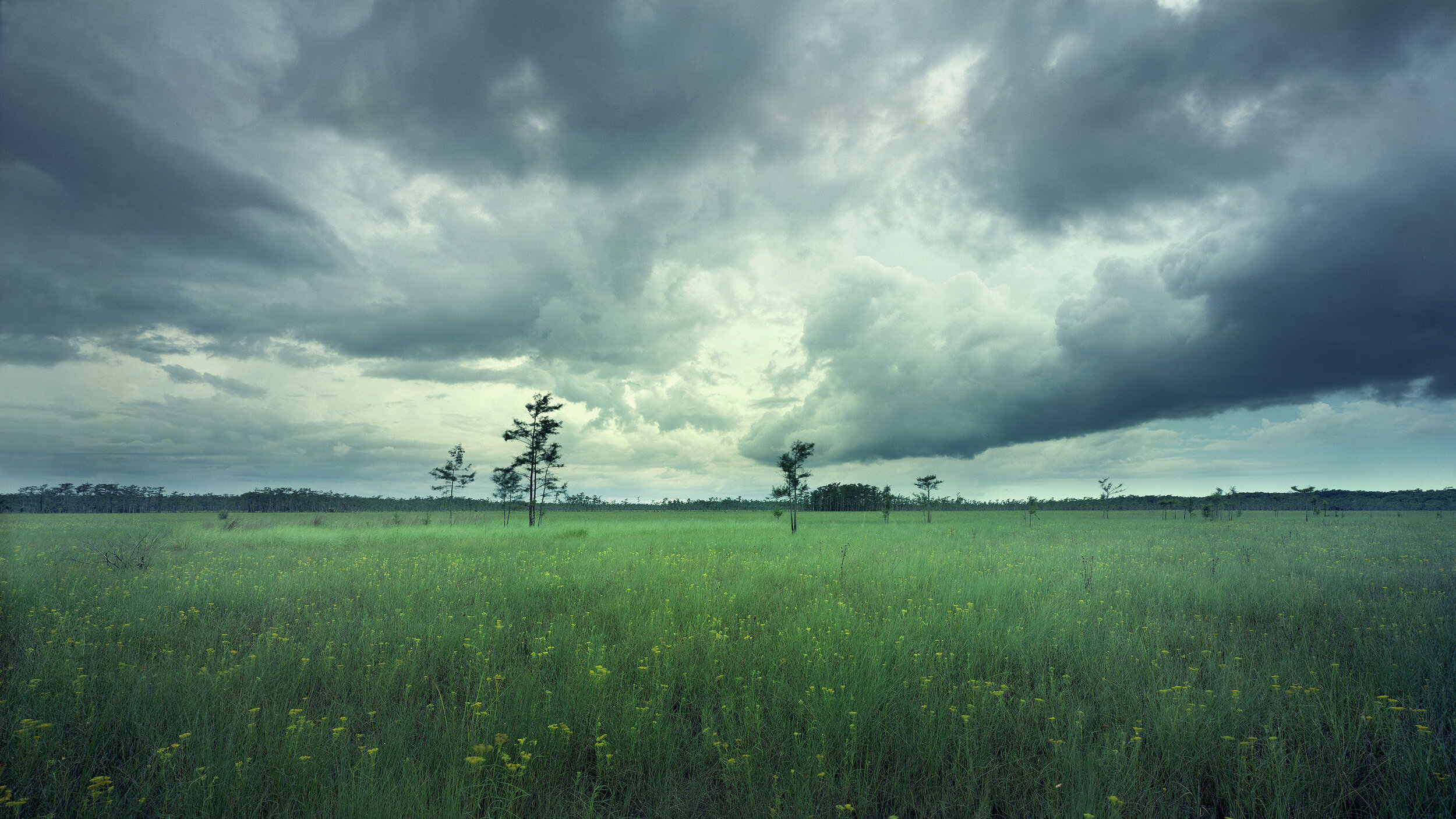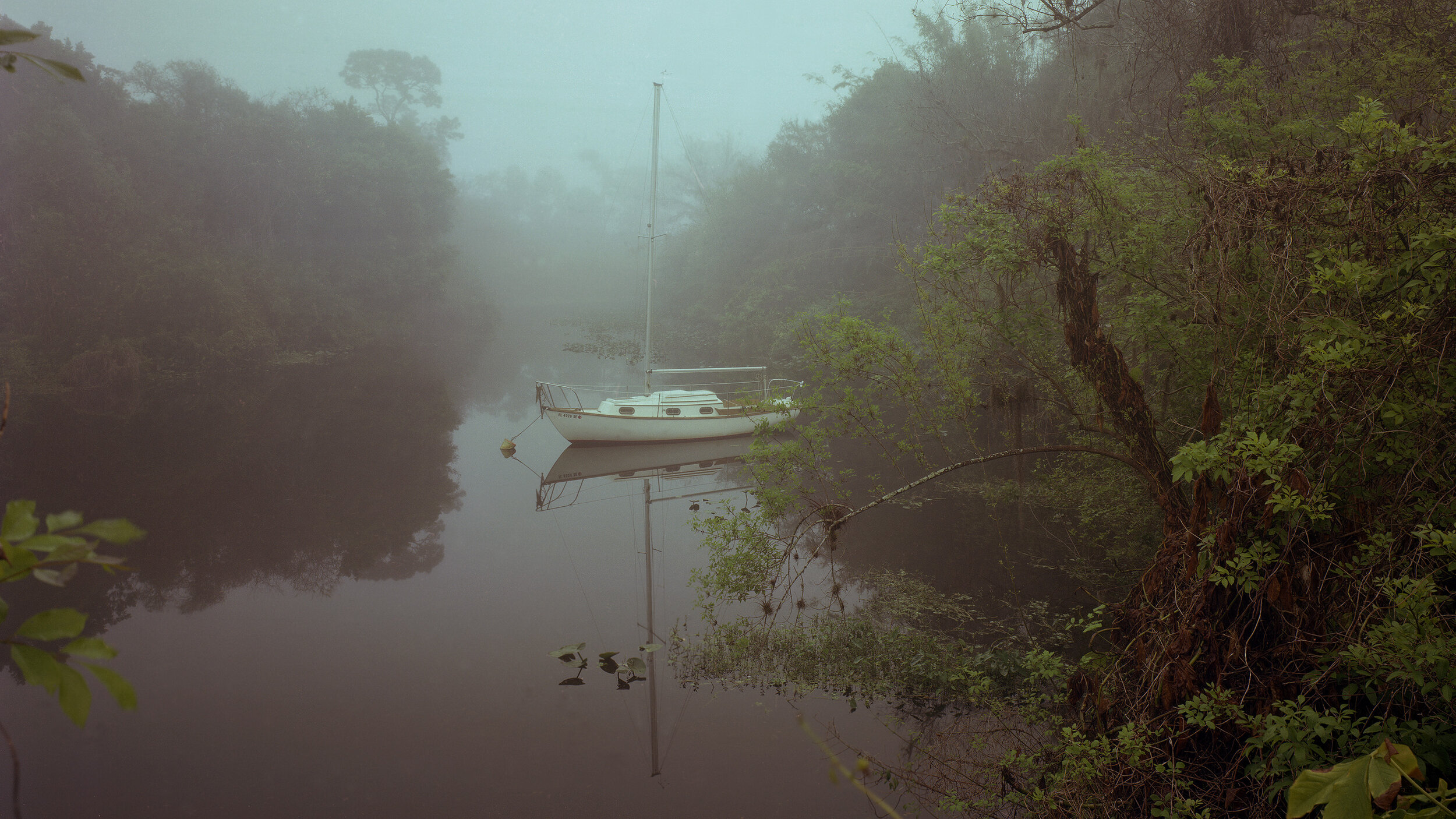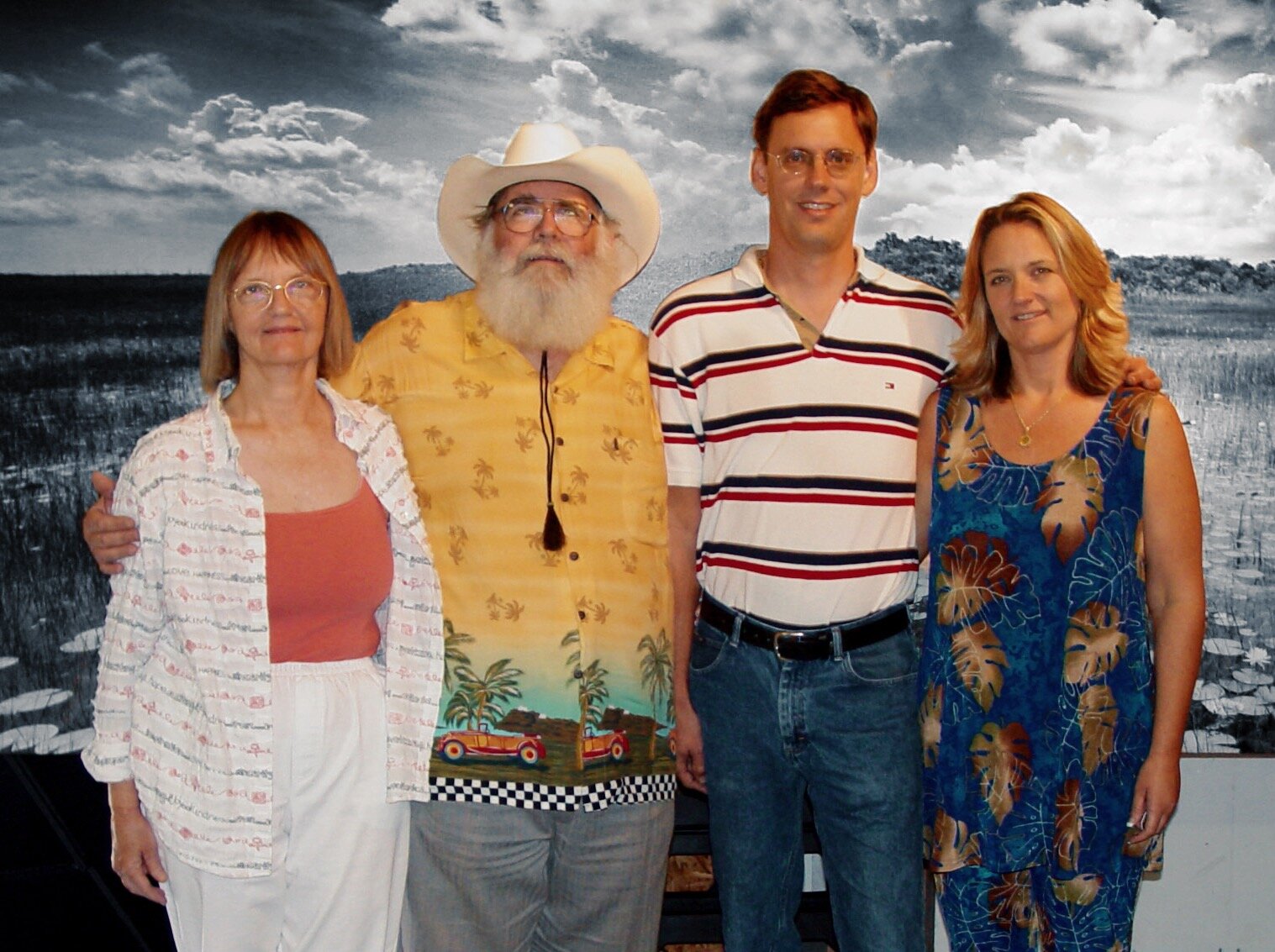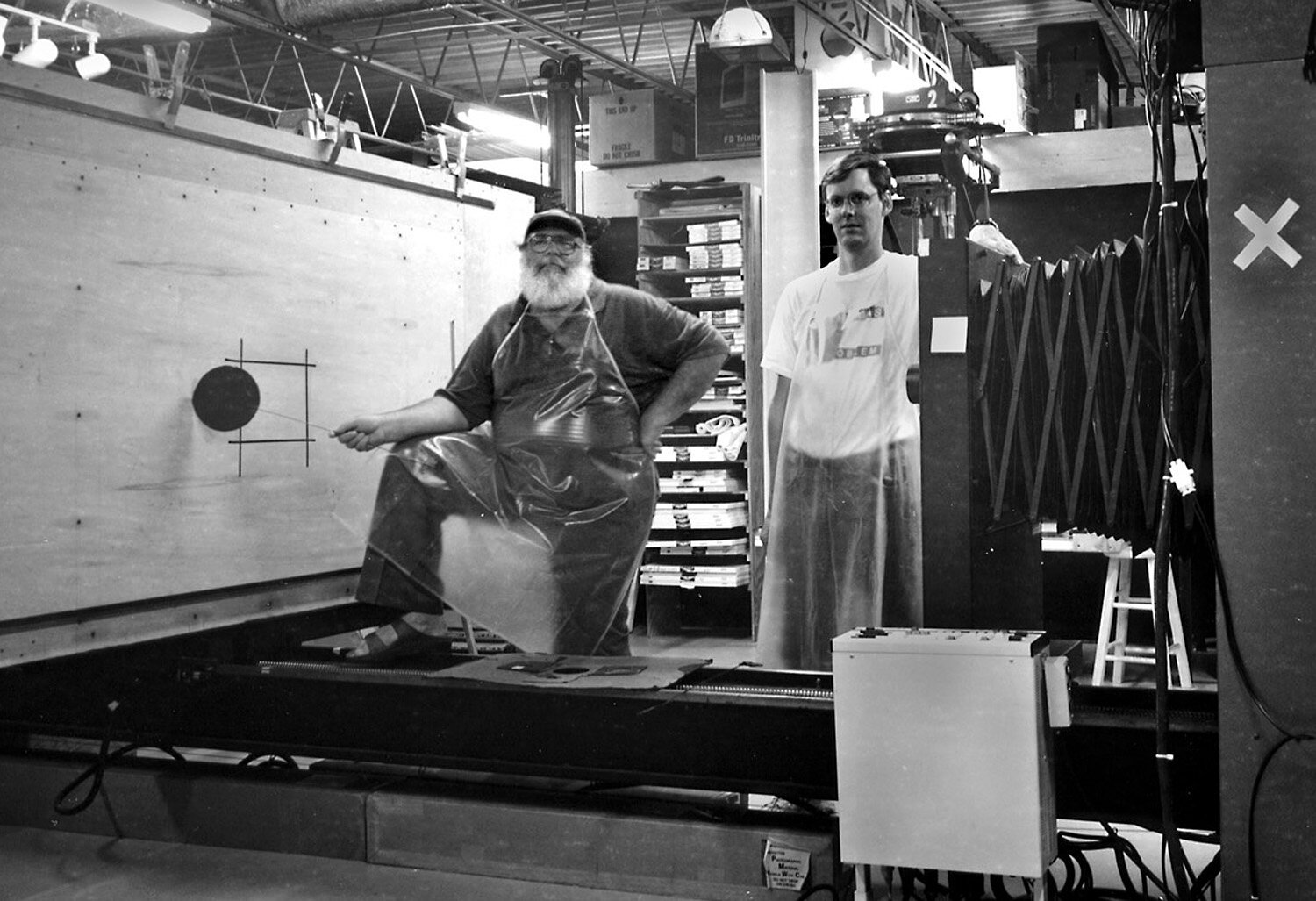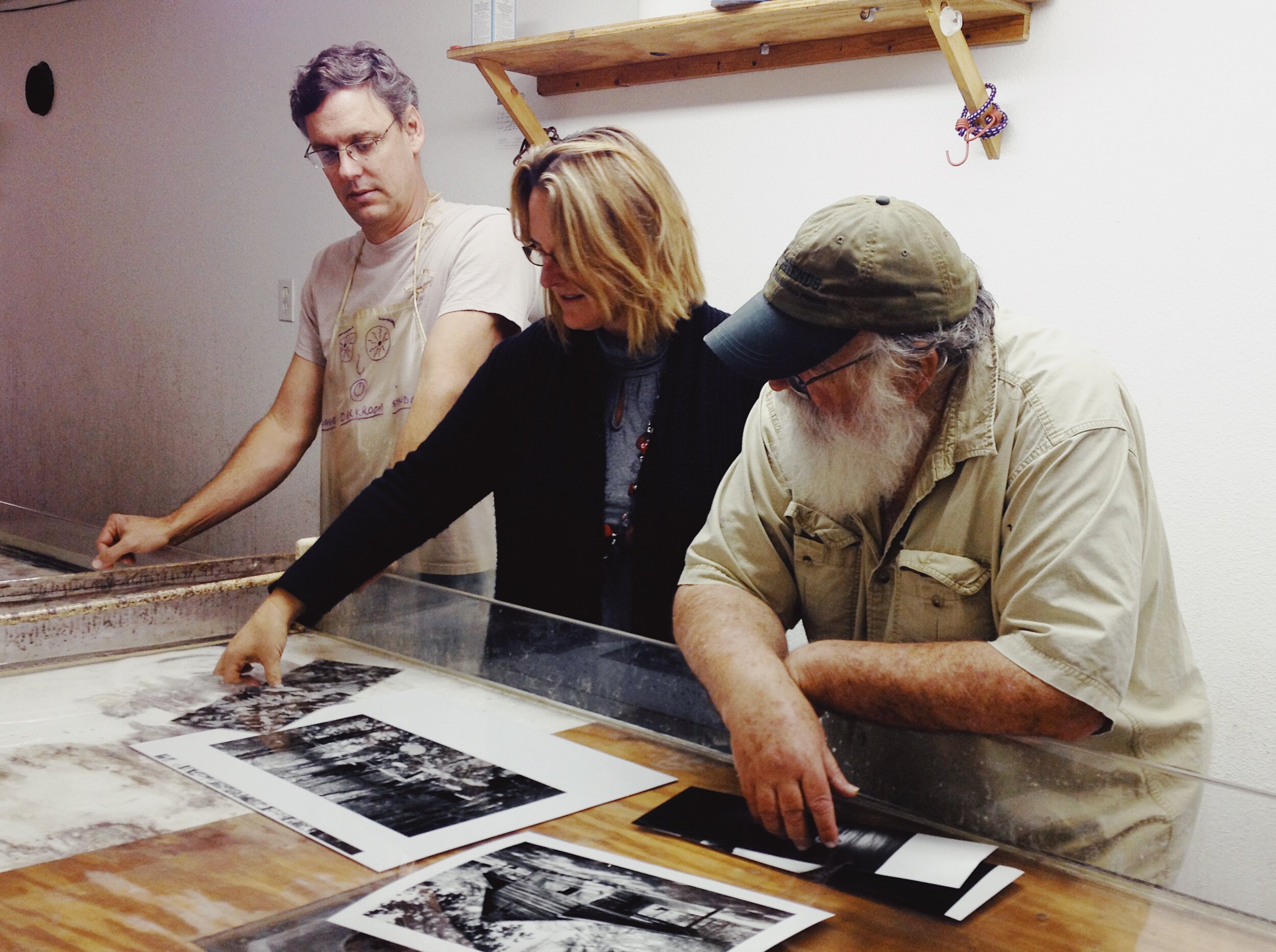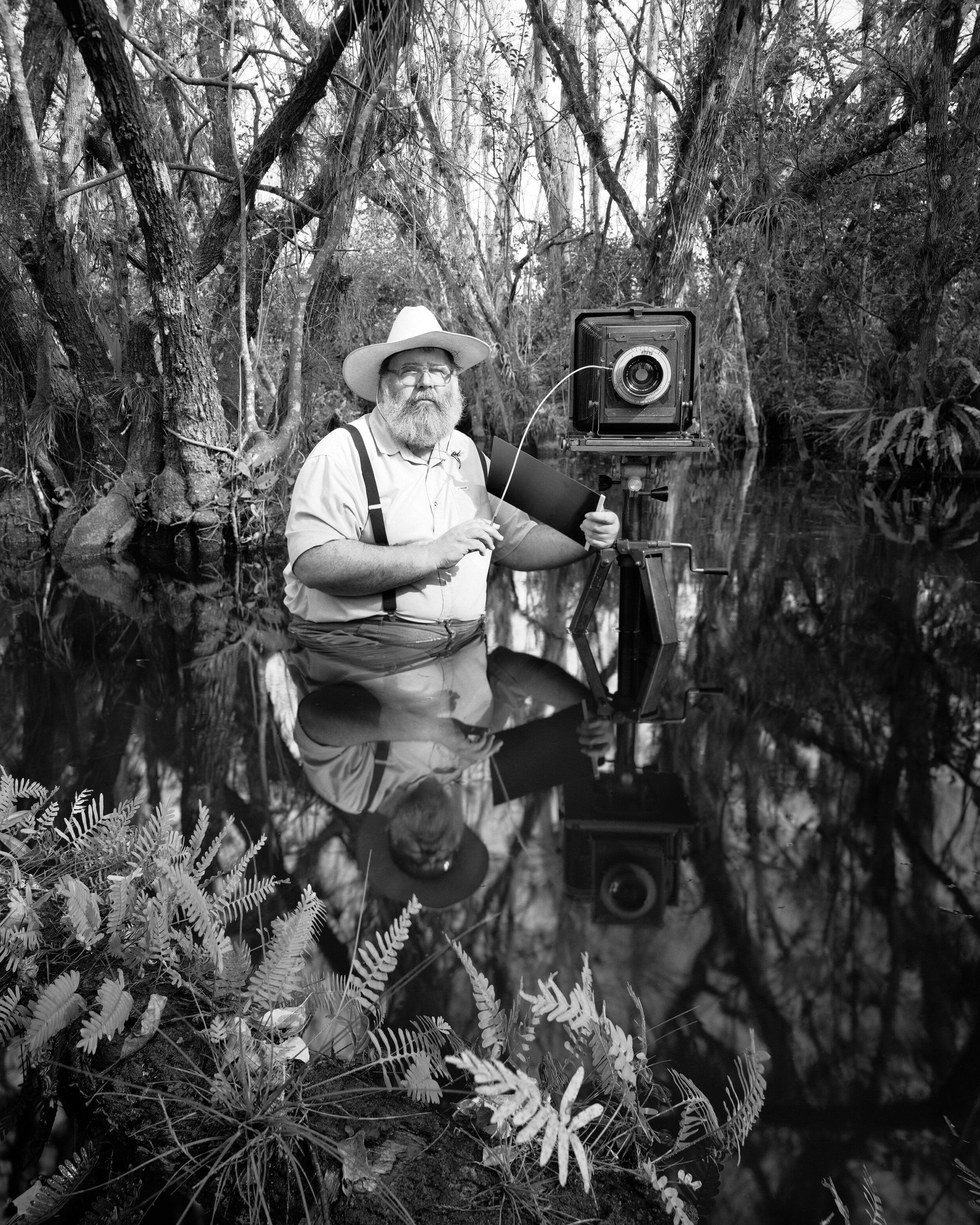
“Wilderness, to me, is a spiritual necessity…
When my son was killed by a drunken driver, it was to the wilderness that I fled in hopes of regaining my serenity and equilibrium. The mysterious spiritual experience of being close to nature helped restore my soul. It was during that time I discovered the intimate beauty of the environment.
My experience reinforced my sense of dedication to use my art form, photography, to show people that there is a unity between all undisturbed and natural places. My hope is to educate…to let people know our land is a special place, and to inspire others to work together to save nature’s places of spiritual sanctuary for future generations.
– Clyde Butcher
Clyde Butcher’s epic monumental photographs (up to size 5x9’) capture Americas’ landscapes by revealing their majestic and sacred spiritual beauty. As this century’s foremost American photographic artist, he is recognized nationally and internationally as a living legend in the field, hallmarked by his silver gelatin hand-processing of each photograph taken with one of his many large format view cameras, ranging in sizes from 4x5” to 12x20”.
His heartfelt commitment to record our precious landscapes and peaceful sanctuaries throughout the world can be seen in his exhibits that frequent the United States’ museums, as well as internationally, as evidenced by his exhibit at the National Gallery of Art in Pague, Czech Republic, and the United Nation’s request to photograph the Cuban mountains to celebrate the new millennium with the Year of the Mountains.


Honored by the state of Florida with the highest award given to a private citizen, The Florida Hall of Fame Award, he has also been privileged to receive the Lifetime Achievement Award from the North American Nature Photography Association, the Distinguished Artist Award from Florida House Embassy (Washington D.C.) and the Ansel Adams Conservation Award by the Sierra Club for showing excellence in photography and contributing to the public awareness of the environment.
Clyde has been featured in six PBS programs focused on the Florida environment, three becoming award-winning documentaries. His work is captured in multiple table-top books, including America the Beautiful, a collection of work from across the United States; Big Cypress Swamp ~ The Western Everglades; and Portfolio II - Florida.
A selection of his work can be seen on his website: clydebutcher.com
Born in Kansas City, Missouri, Clyde grew up in many locations as his father, a sheet metal worker, traveled to wherever he could find a job. As an only child, he was constantly loved by his parents. During his teenage years, he was constantly building ting. He built his first boat when he was in high school. It was no mystery when his chose architecture as his college major.
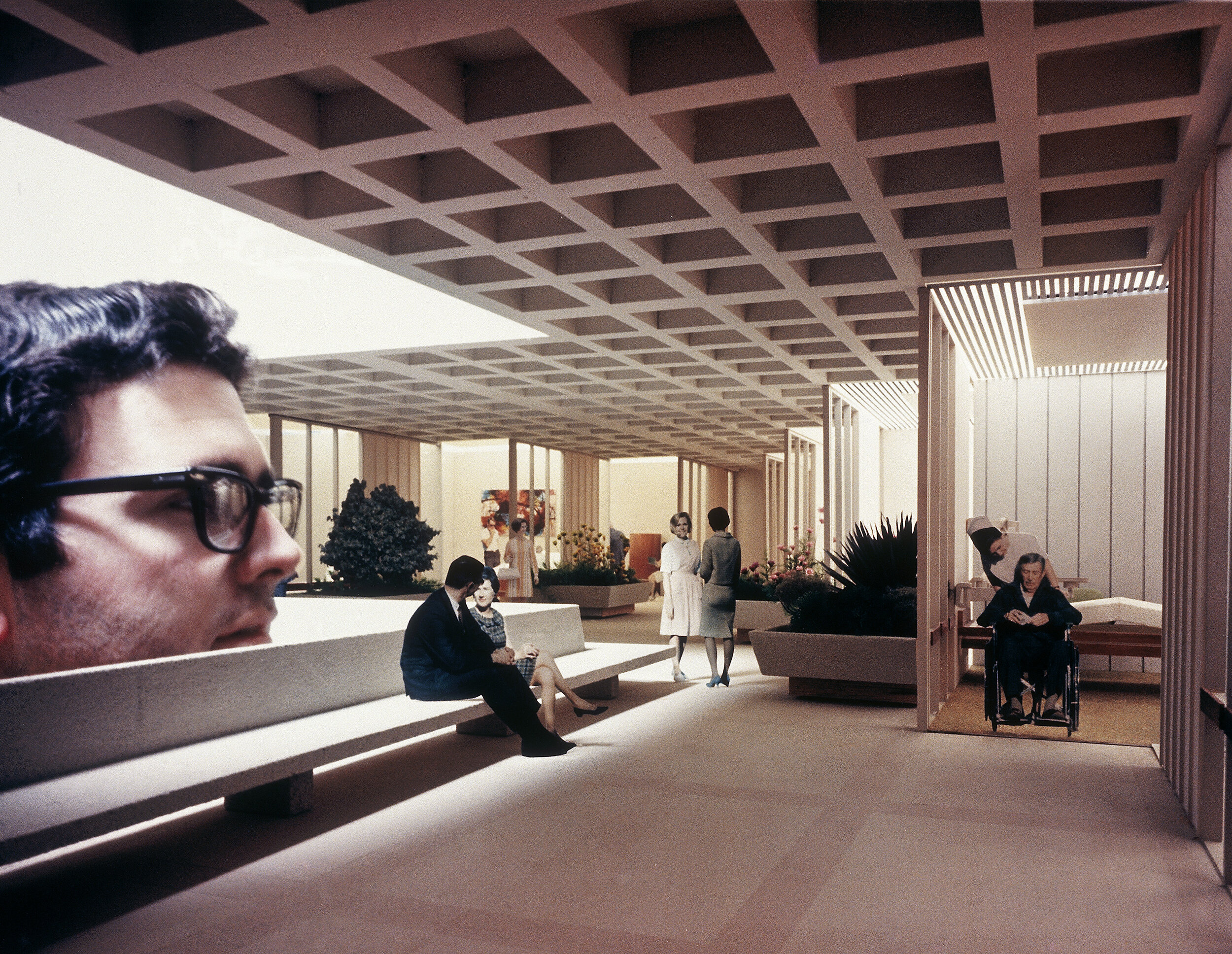
When Clyde decided to major in architecture he didn’t realize he would need to draw his designs. He could easily draw his designs using the perspective tools he had learned, but to make his drawing beautiful was beyond his ability. So, he decided to build his designs as architectural models and then photograph them. For his first project he built his model to the scale of the small recently planted trees on the mountain behind the college. Everyone else in class was building tiny models and his was very large and modular. The professor told him he’d either get an F or and A…there was going to be no in between. He took the model up to the mountains and photographed it. He received an A+. As he continued using photography for his architectural designs, he built a camera that would work at the scale of normal architectural models. His thesis for his senior year was a book on how to photograph scale models.
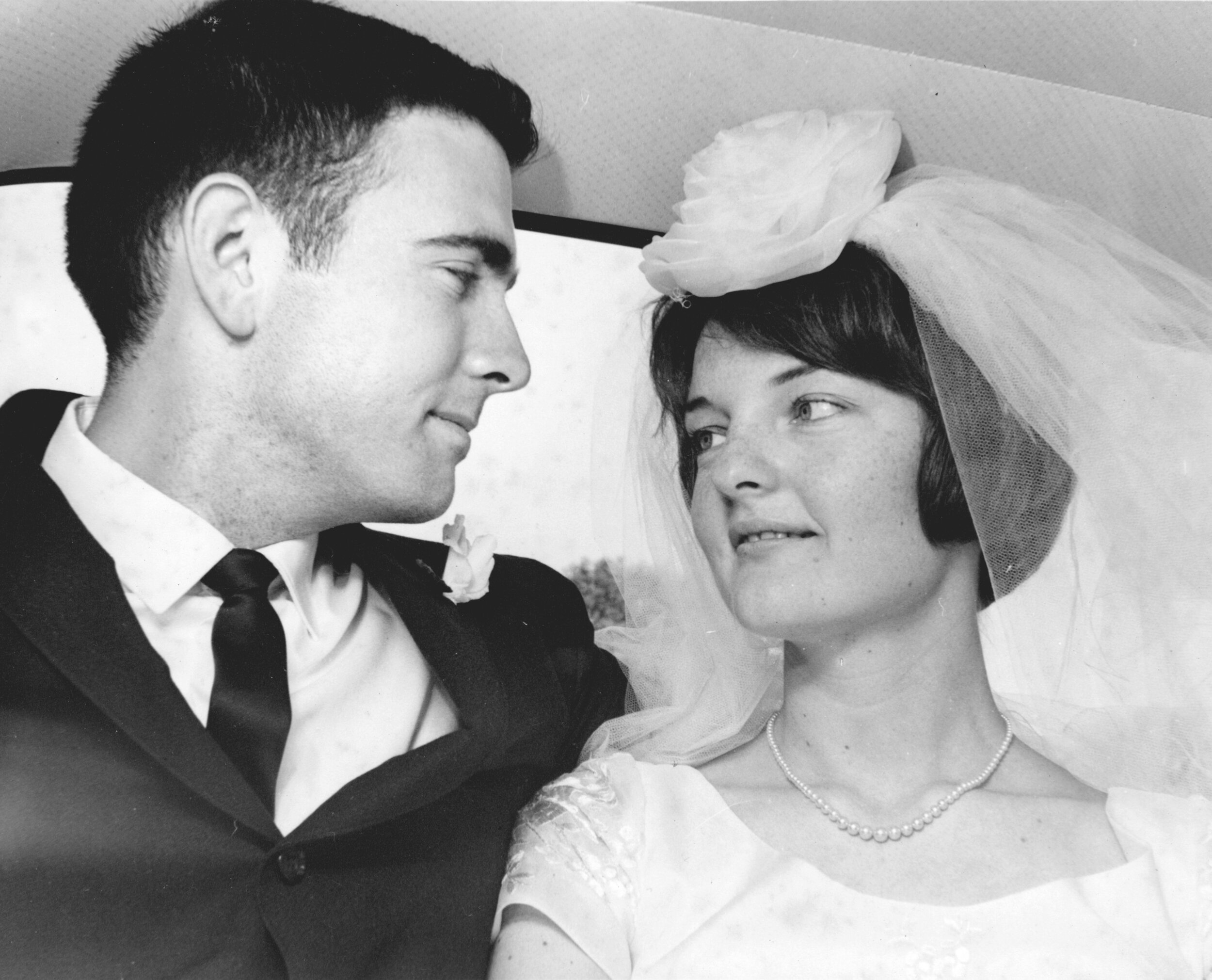
Clyde and Niki married in 1963.
On one of their many trips to Yosemite, Clyde visited the Ansel Adams Gallery. He was impressed by Ansel Adams landscape photographs and was inspired to try and photograph the landscape. For the first time he began learning about other well-known photographers such as Weston and Wynn Bullock. Each of them inspired him in different ways.
After Clyde graduated in architecture from California Polytechnic State University in 1964, he and his friend, Peter Portugal, began their first business, building and photographing architectural models for architects. After two years the business still wasn’t off the ground, so they closed shop. Although the business didn’t succeed, Clyde and Niki feel it was a great learning experience.
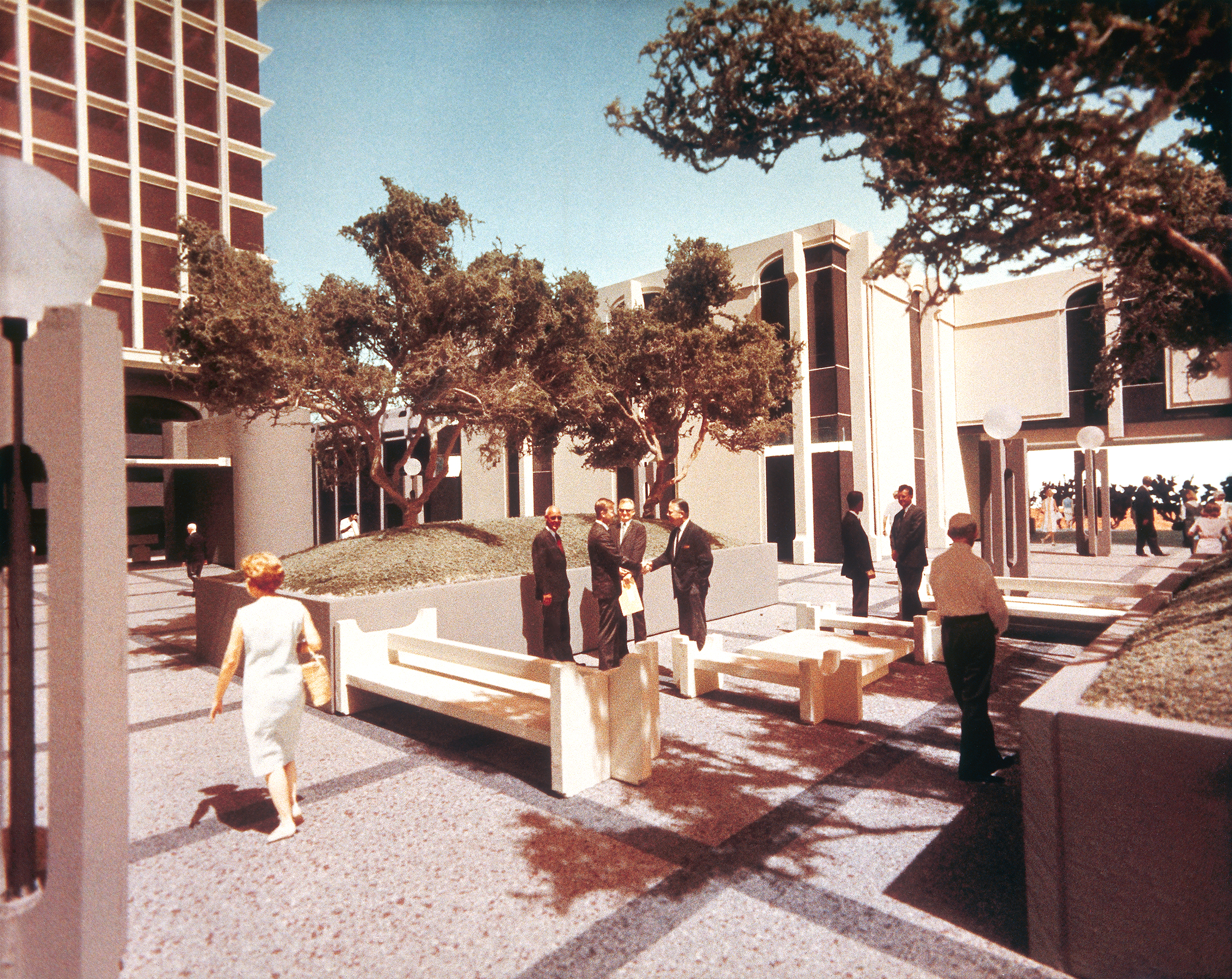
architectural model: 1/2 inch equals one foot - bench in foreground is three inches. Put the city council in the center of the model…they were impressed
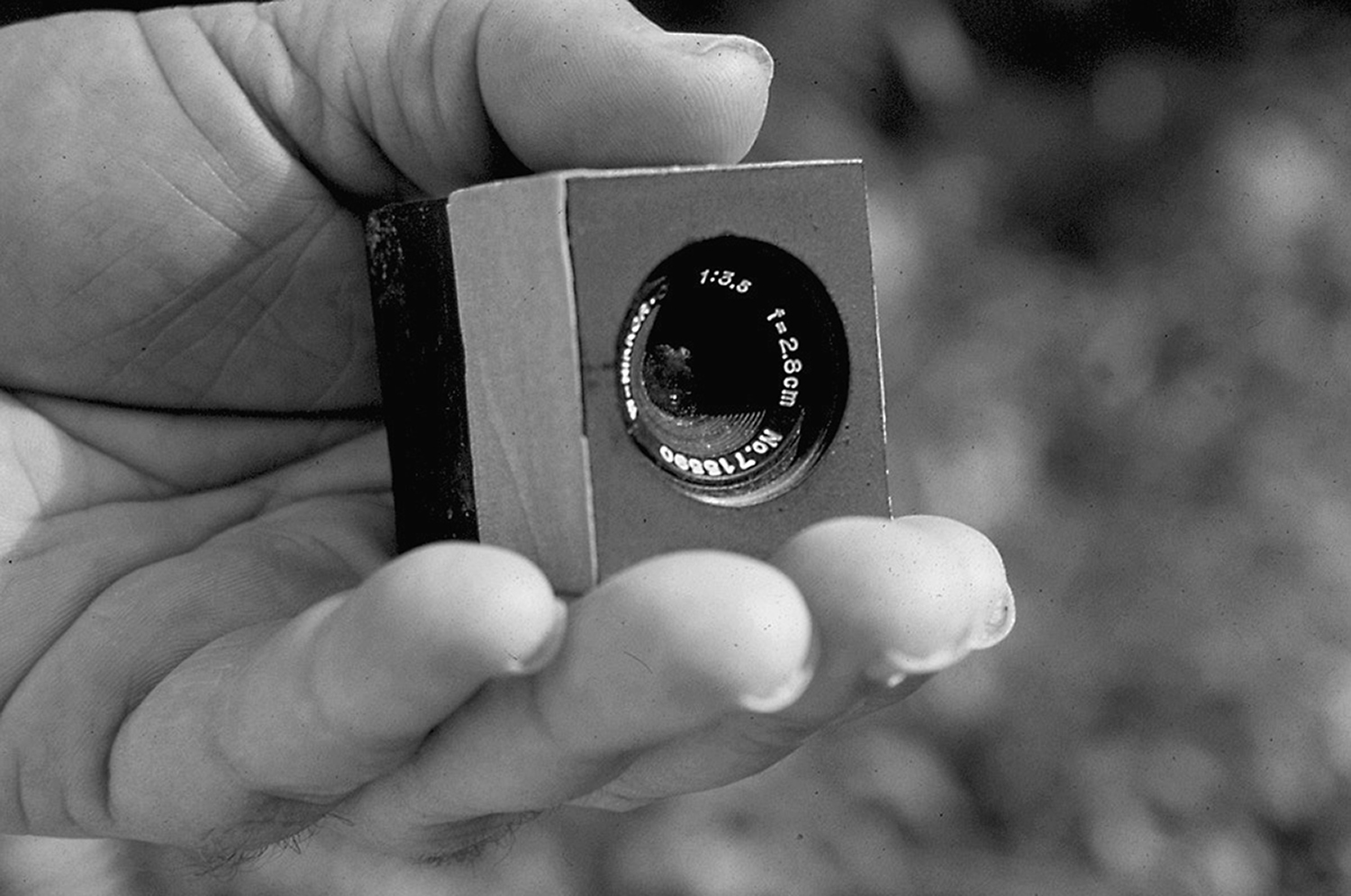
Tiny camera Clyde made to place inside small ARCHITECTURAL models
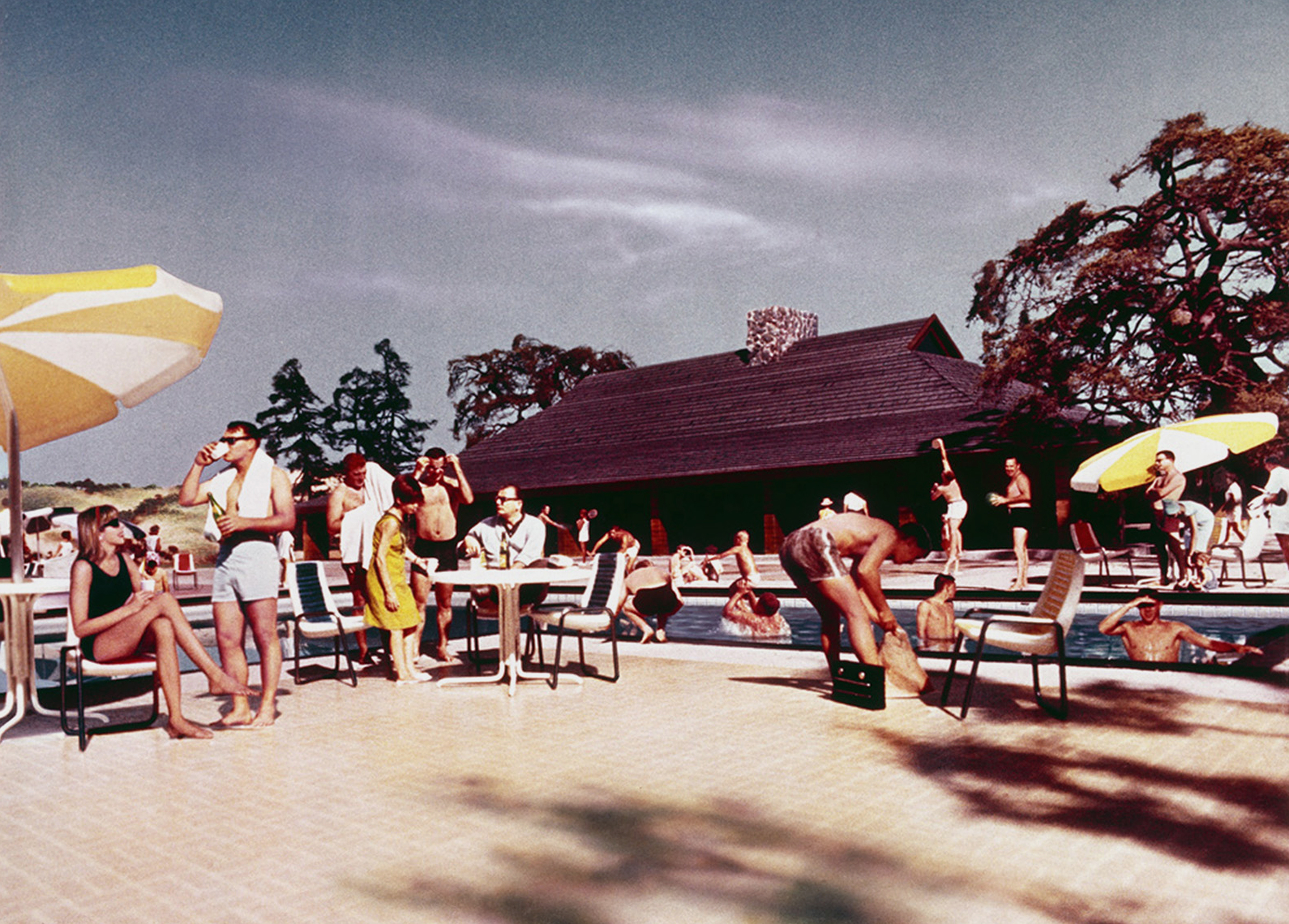
scale model: 1/2 inch equals one foot - the people are three inches. model built and photographed for housing DEVELOPMENT advertisement
Scale Models, located on the peninsula of the San Francisco bay area, was his employer until 1968, when he lost the job and moved to Southern California to work for the architectural firm of William Perreira. Clyde and Niki’s daughter, Jackie, was born in 1967 and in 1969 their son Ted was born.
The year 1971 brought a severe down-turn in the economy. As an architect, it was hard to find anyone who had the money to build, and so Clyde was laid off work. He could work in construction, which is what he did during the summers in college, but there simply was no building happening. He was without a job and had a wife and two children to support. A friend suggested that Clyde take his black and white photographs that were hanging on his apartment walls to the local grocery store where an art festival was taking place. He did, and made more money that weekend than he did in an entire week as an architect. He never went back to architecture, although the skills he learned as an architect helped him for the rest of his life.
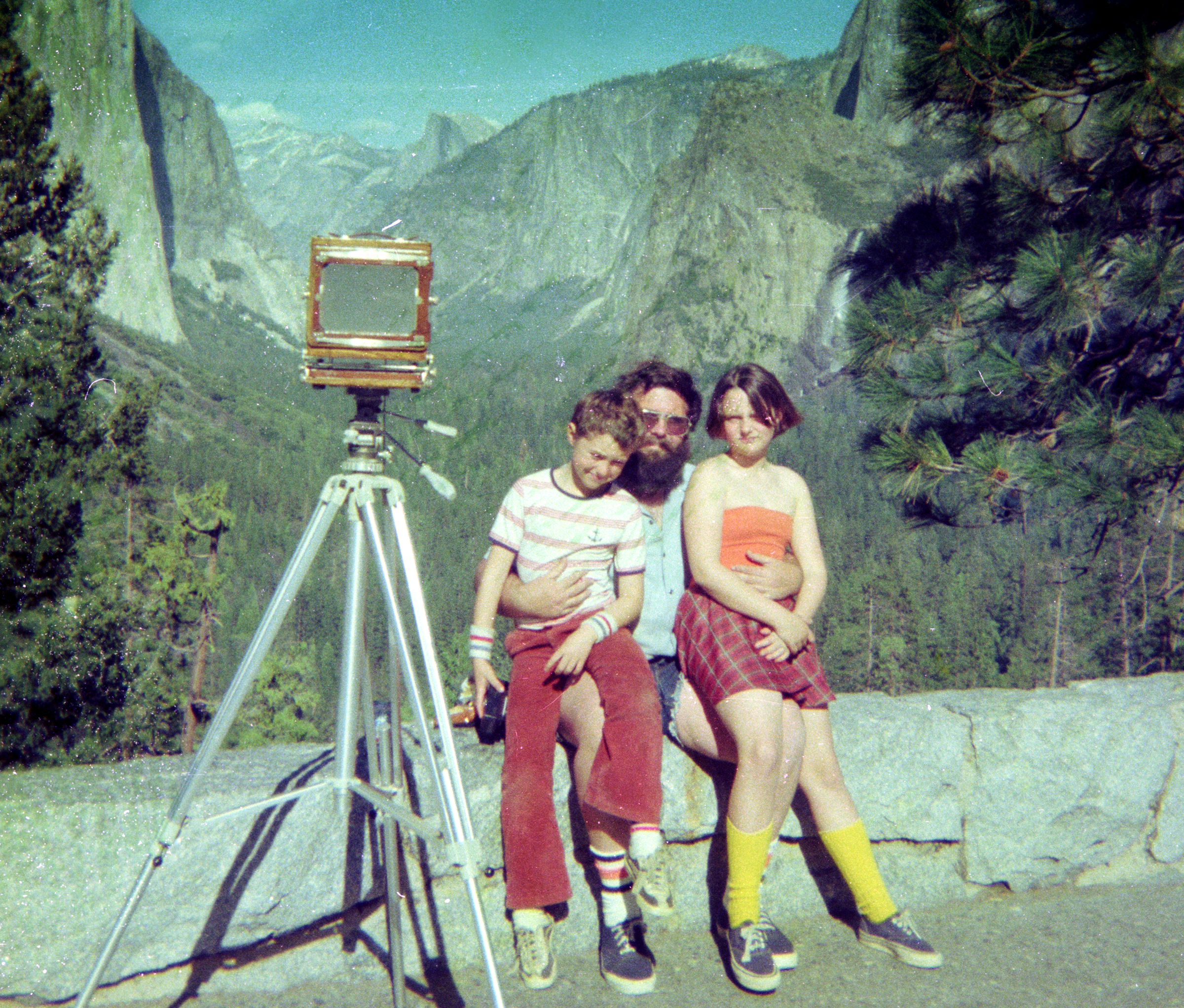
Clyde established his second business in 1971 when Peter Gates and Richard Pascaul joined him as partners. It began with Clyde and Richard’s black and white photographs, but eventually they changed to color photography because it matched the décor of homes better than black and white. The images were sold as wall décor in major departments stores, such as J.C. Penny’s, and Montgomery Ward, as well as small stores around the country. Clyde became inspired and decided that in order to sell more photographs he should put a clock on the image. The fact that the product was now “utilitarian”, made the sales skyrocket. The business became the largest importer of battery-operated clocks in the nation. It had around 200 employees with a manufacturing location in Santa Ana, Calif. and in Akron, Ohio.
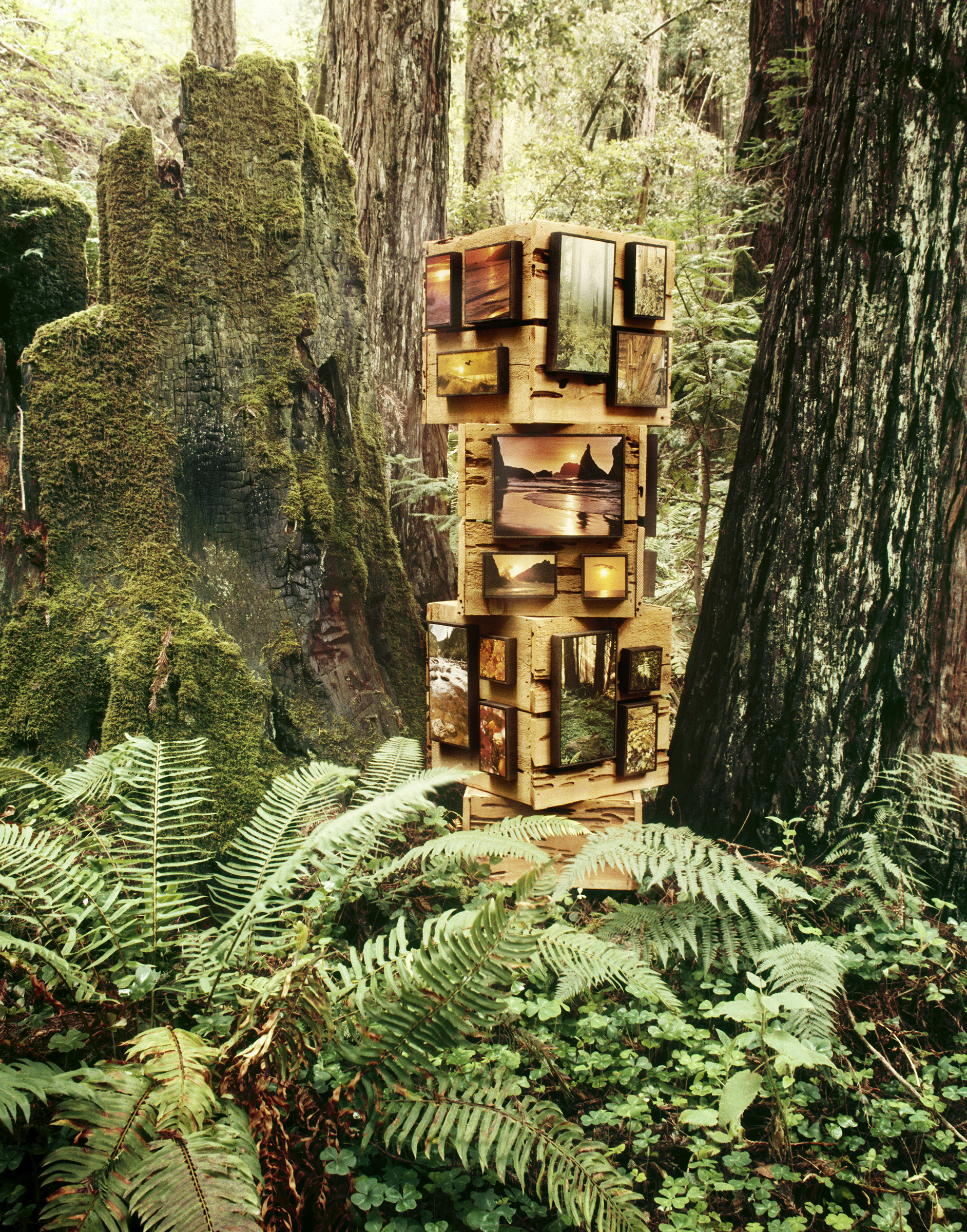
Clyde shipped the images in the pecky cedar boxes, then the boxes could be used for display purposes
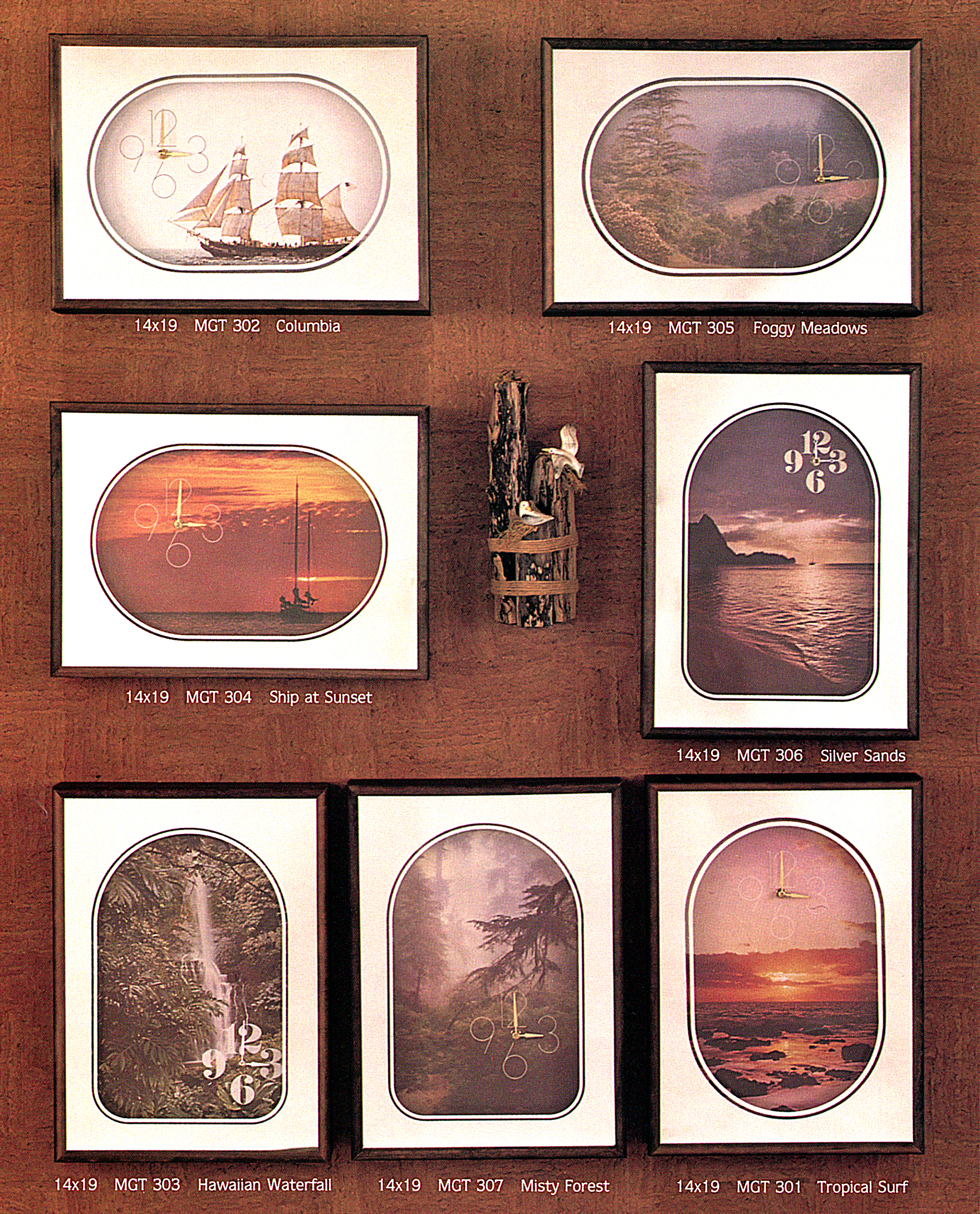
The clocks were made with mirrors, a spacer and then the clock and image. The white areas you see here is actually mirror.
The only way Clyde and Niki found relief from the stress of the business was to go sailing. One day the family went sailing and decided they couldn’t go back to living on land. They purchased a 35’ Coronado sailboat and moved aboard. They lived on a mooring in Newport Beach harbor, California, where they raised their children for eight years.
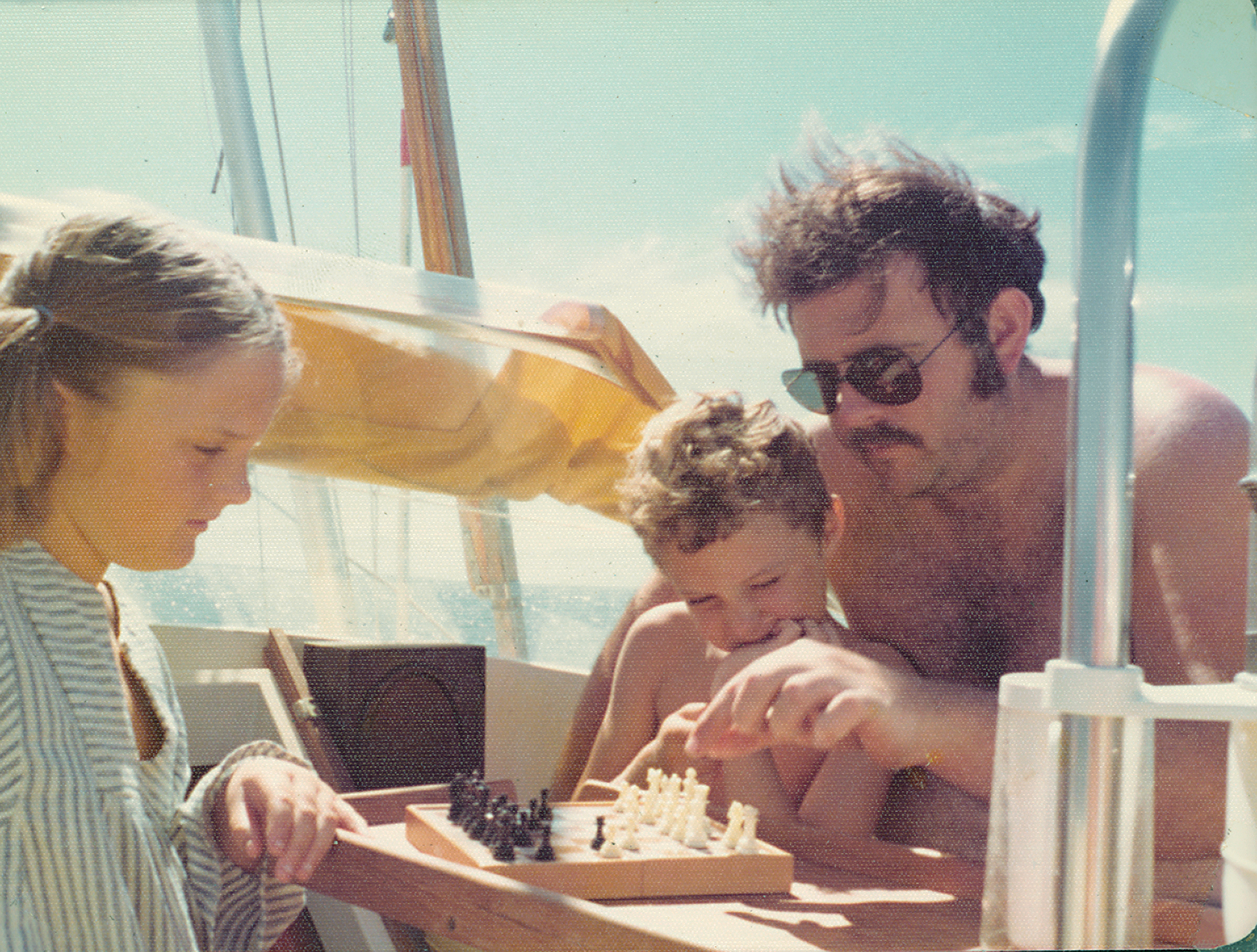
Playing games along the way to Mexico
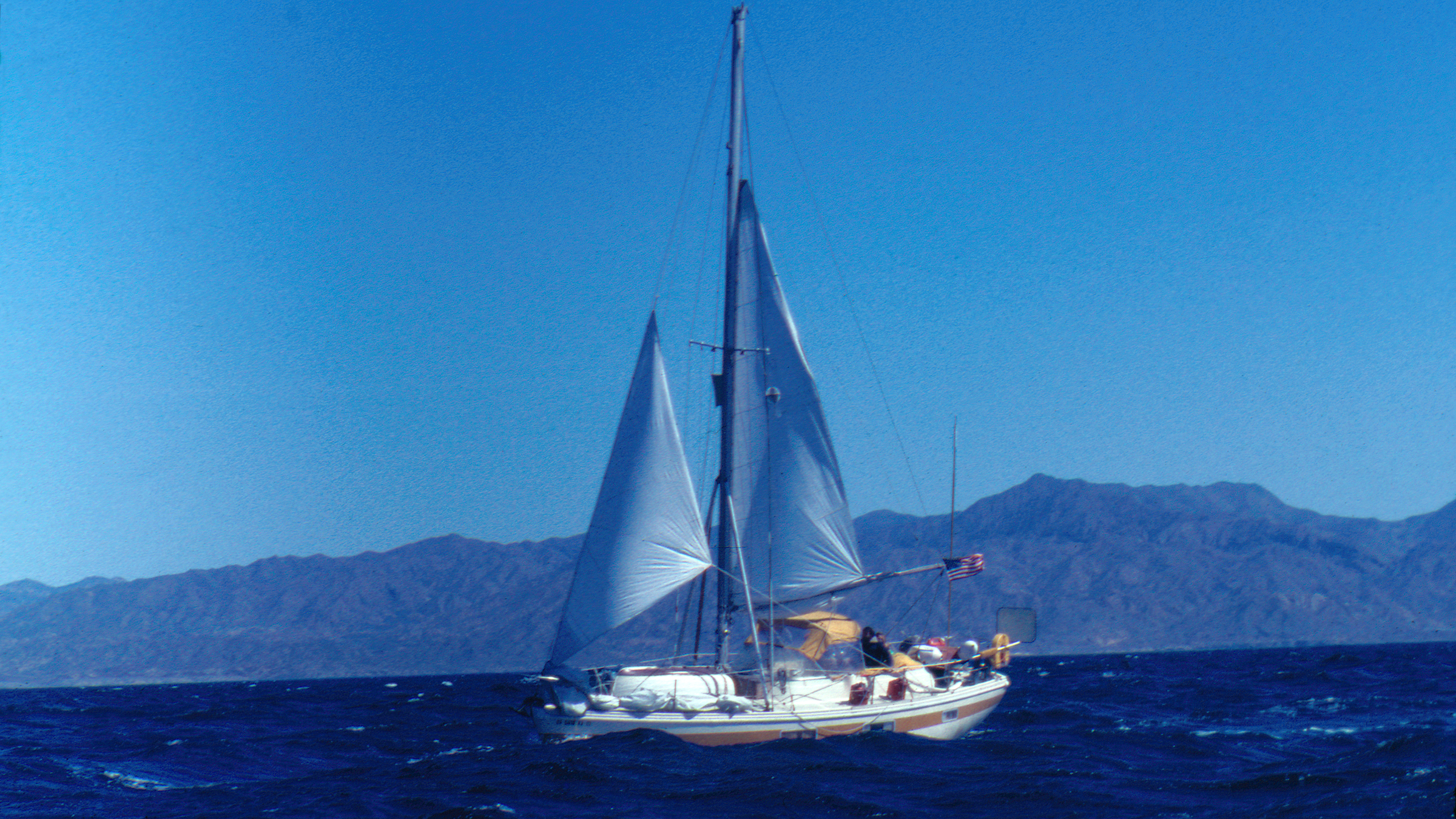
Sailing along the baja coast on the way to Mexico
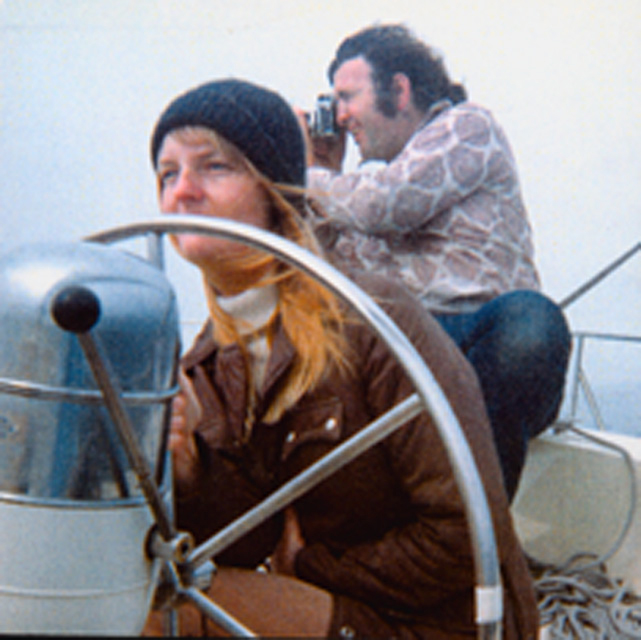
Niki at the helm while Clyde photographs
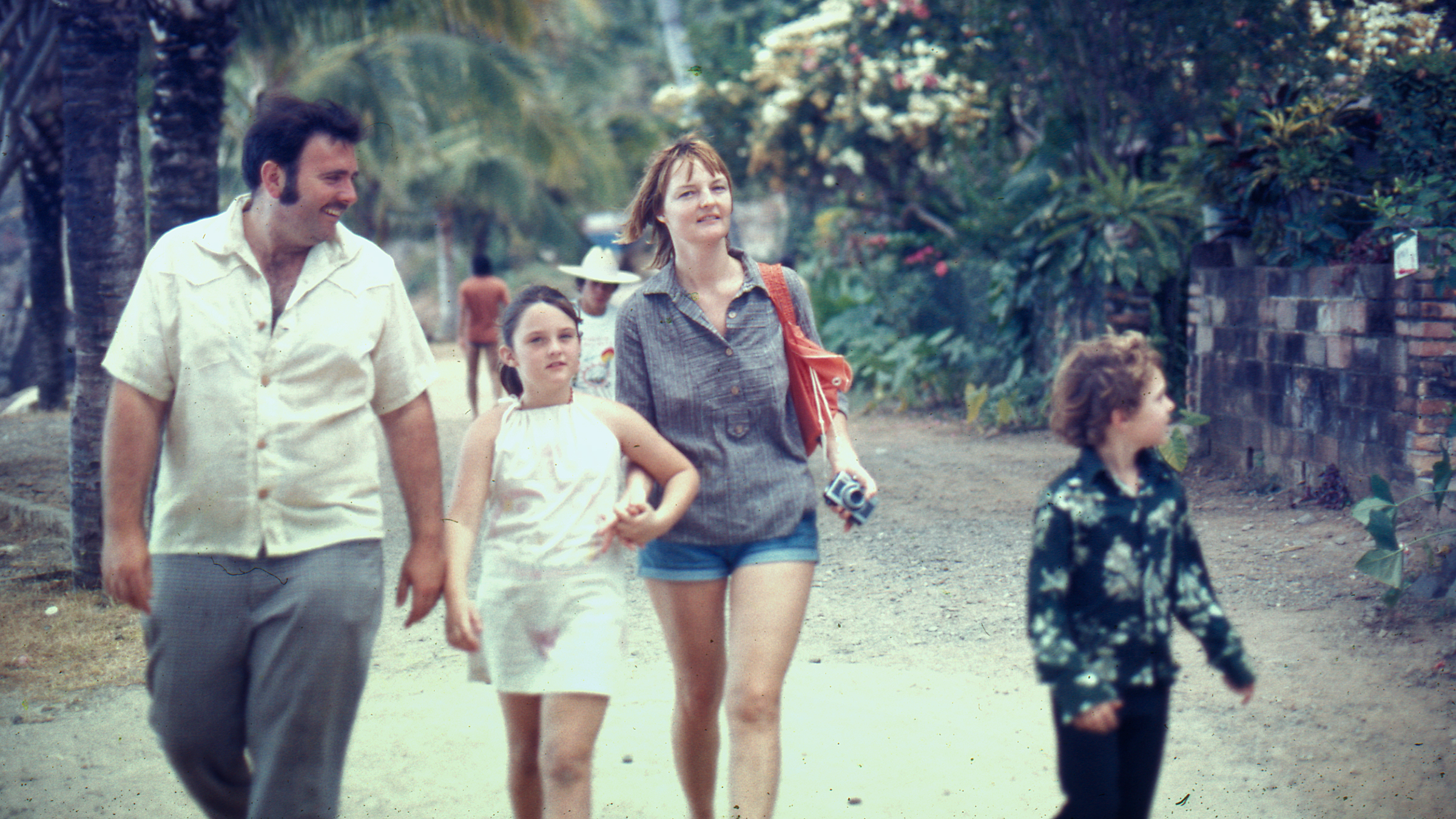
Sailed to purteo vallarta - this is what downtown looked in 1970’s
Due to stress, Clyde and Niki sold the business in 1977, built a smaller sailboat, took the kids out of school for a two-month family vacation down to Mexico. Then trailered the boat across country to explore the waters off Florida. They couldn’t help but to fell in love with the state.
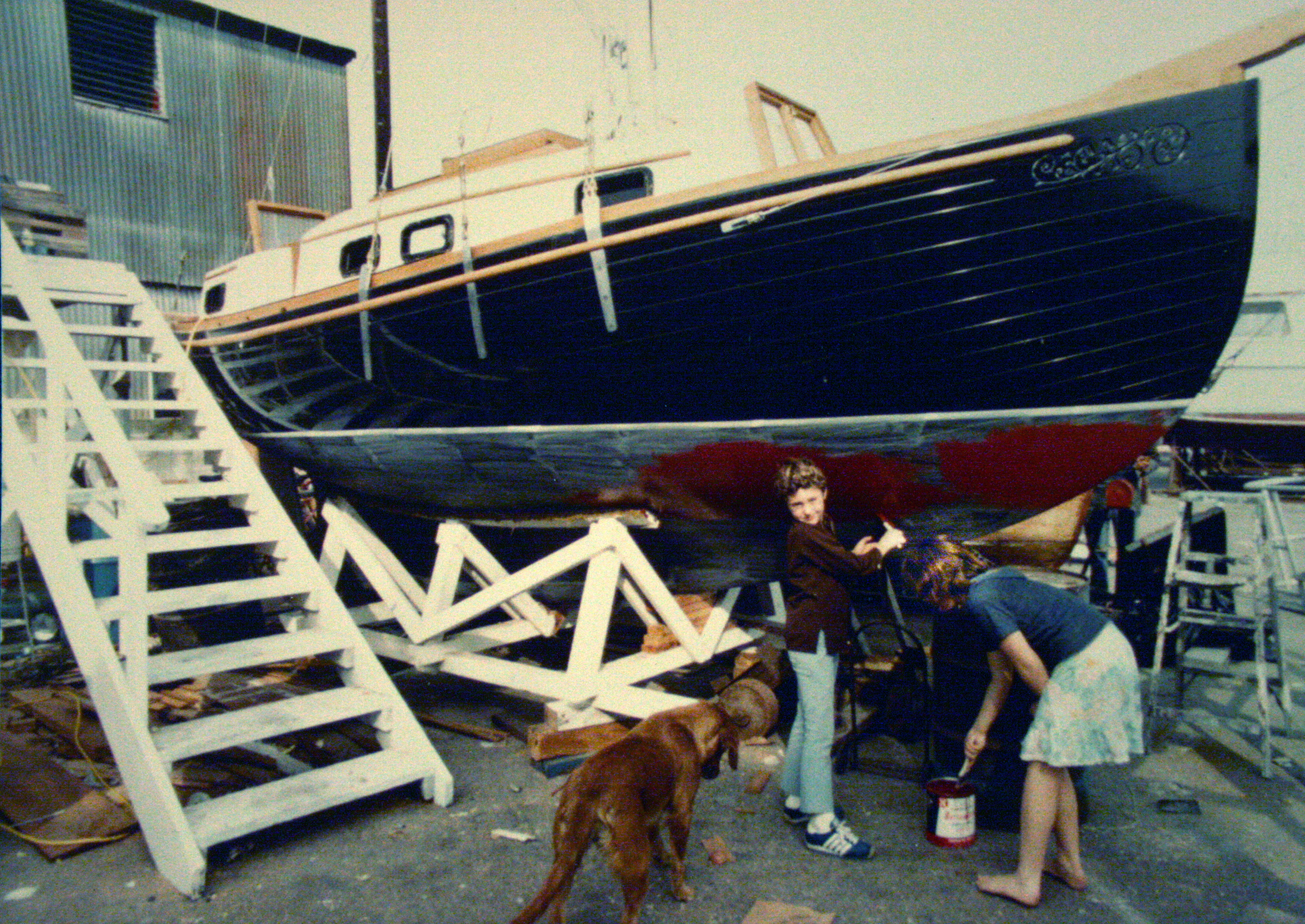
Ted and Jackie painting the bottom our finished boat - Sea Shanty
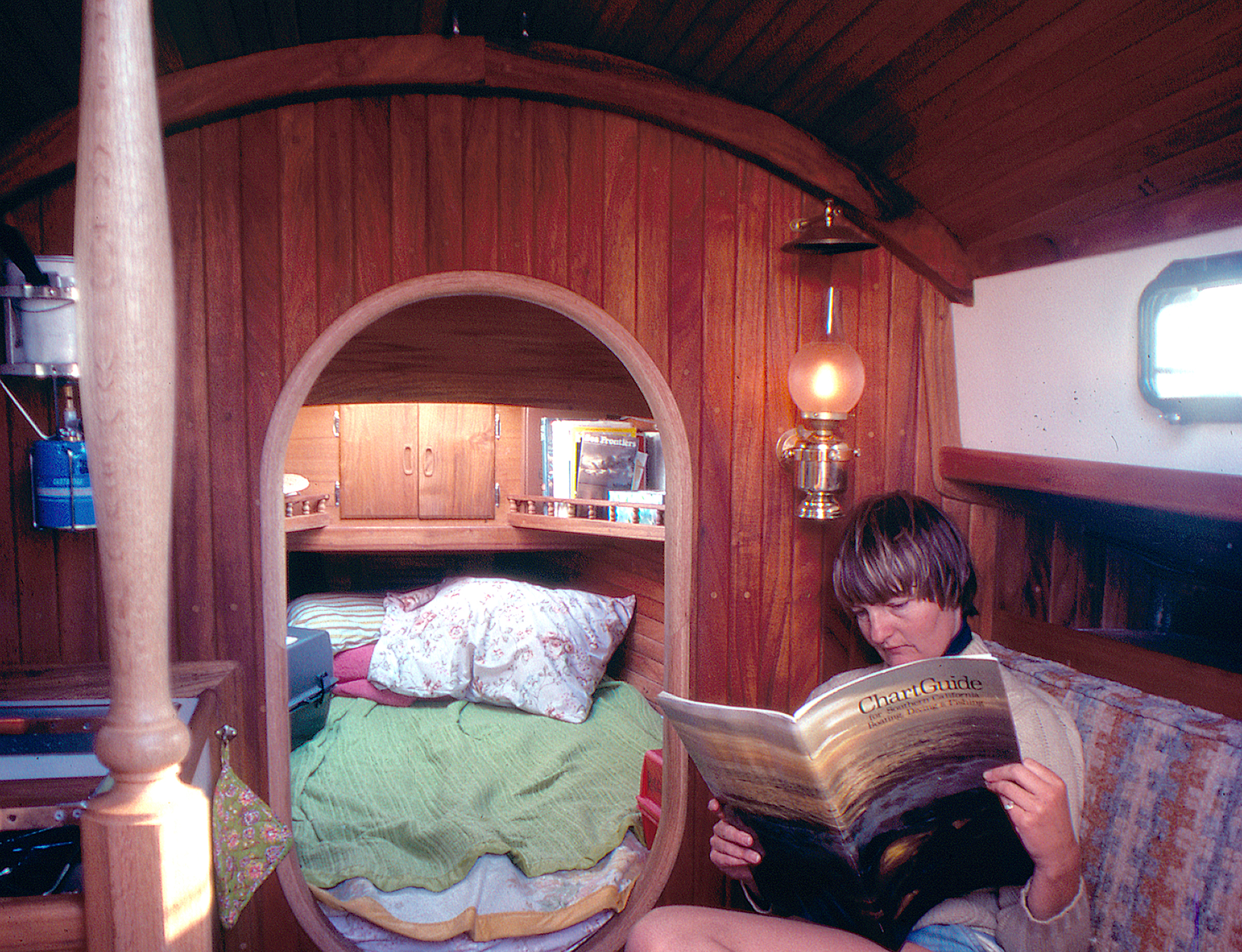
Clyde did a beautiful job on the inside of Sea Shanty

trailering Sea Shanty across the united states to florida
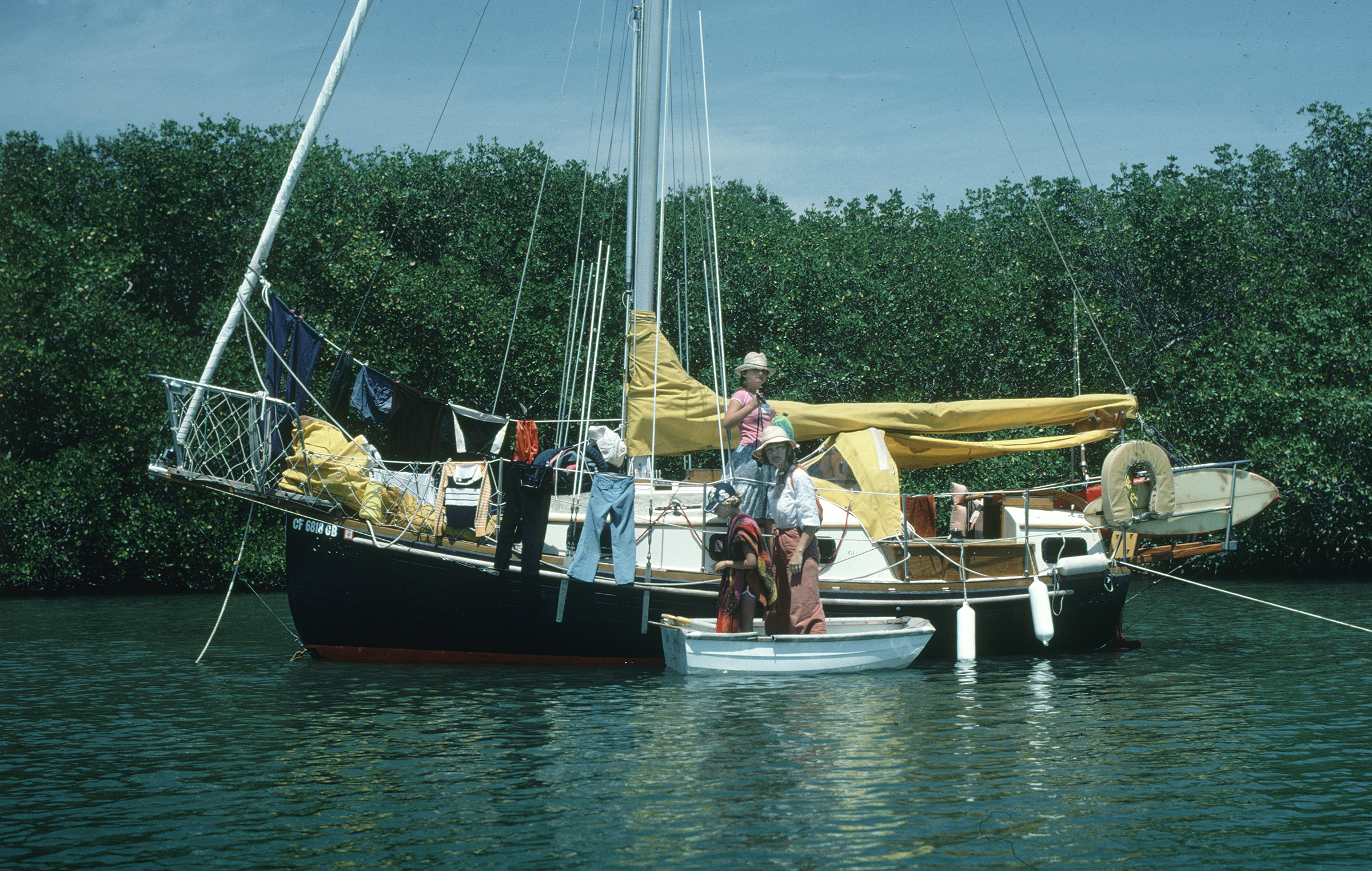
Family going ashore on gasparilla island, florida
In 1980 when the family moved to Florida, they settled in Ft. Myers. This is where Clyde and Niki started their third business. They began doing street art festivals with their photography. At first Clyde found absolutely no landscape images he thought were worth photographing, so he displayed his out west color images and began playing around with combining negatives to create “outer-space” theme photographs, while Niki displayed her hand-painted black and white images.
After two years of living in Florida he “discovered” Florida when a friend, Oscar Thompson, took him out into the depths of Big Cypress National Preserve. During that same time both he and Niki began to see the environmental disaster happening due to the rapid growth in the state and they began getting involved in the environmental issues. Clyde began photographing, in color, the beauty of the state hoping it would inspire people to save this unique environment.
Clyde had longed to return to black and white photography, but he didn’t think it would sell enough to earn an income. Every photographer he knew that did black and white had a supplemental income of doing commercial work. So, he continued with his color photography of Florida.
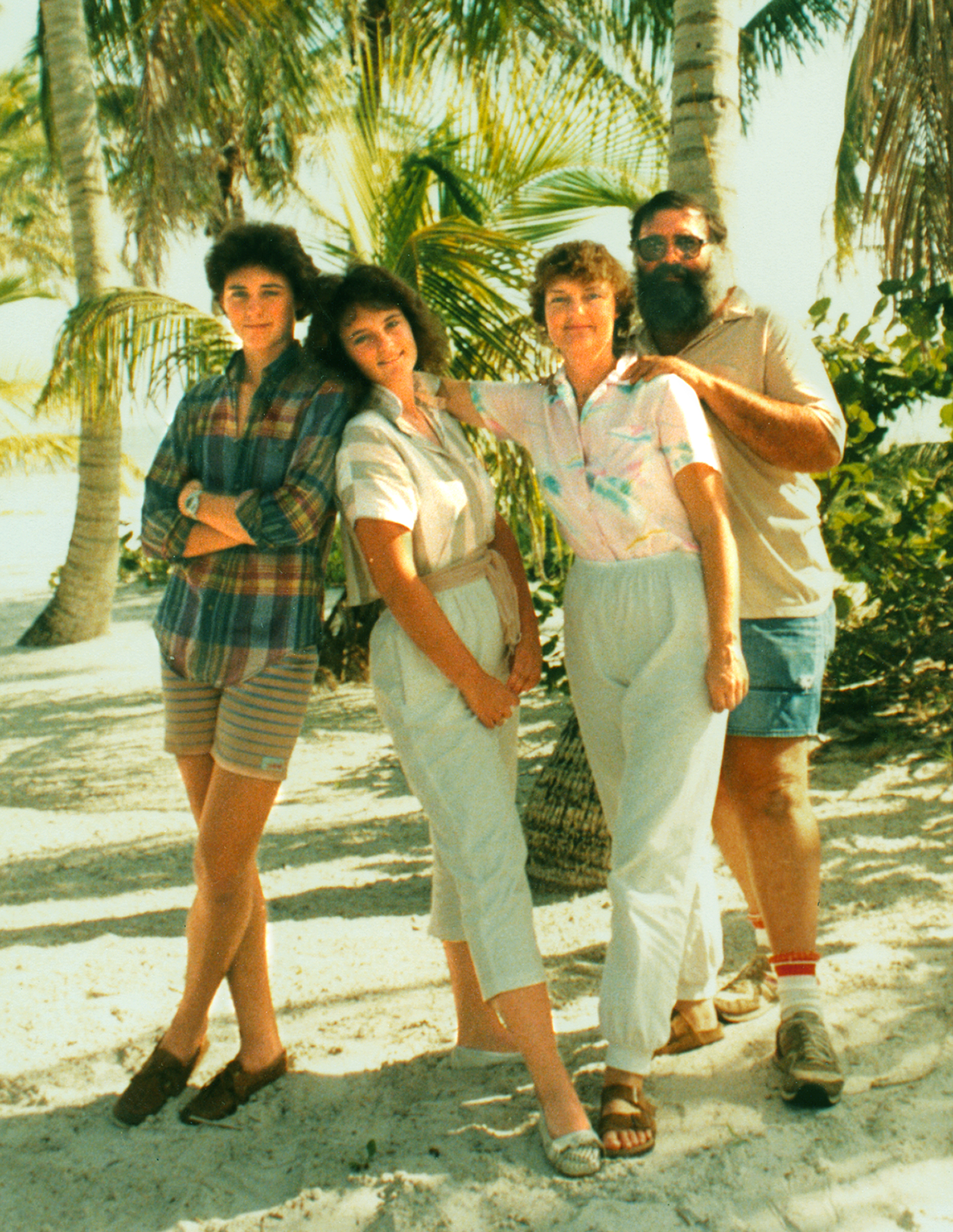
Ted, Jackie, Niki and Clyde - 1986
In 1986, Clyde and Niki’s son, Ted, was killed at the age of 17, by a drunk driver. It was traumatic for the entire family. Clyde went out into the wilderness to renew his self, as seen in his above quote. It was while he was out in the wilderness he decided to return to black and white photography. He decided life was to short not to do what was truly in his heart, which was black and white photography.
When he exhibited his first black and white images at the street art festival at Disney World, he not only won two ribbons, but he sold as well as he did with his color work. The response was so gratifying that he began using his work to educate the public. He donated several images to Department of Environmental Protection to create give away posters. He became very active in the effort to save the Everglades, using his work to promote the Everglades ecosystem, as well as help other with areas of environmental importance to help in the state.
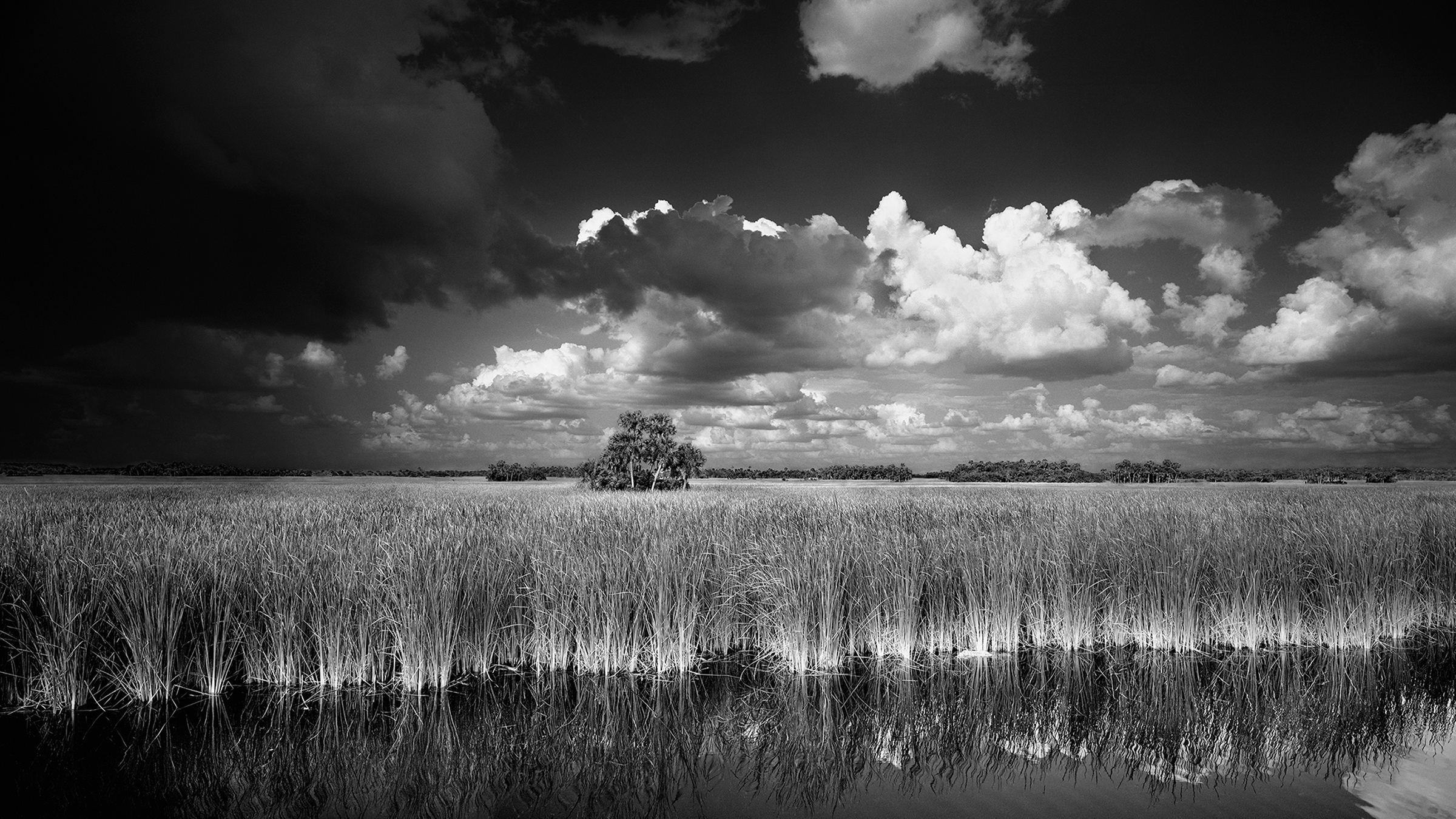

He had been using a 5x7” view camera while photographing in color, but he wanted to capture a more refined and sharper detail of the environment, so he purchased an 8x10” view camera. Eventually, he also purchased an 11x14” and 12x20” view camera, as well as other sizes.
Image: L-R front row: 4x5” penhole camera, 4x5” Clyde-O-Wide (made by Clyde), 4x10” Wisner, 35mm architectural model camera. L - R back row: 12x20” Wisner, 11x14” Deardorff, 8x10” Deardorff, 5x7” Deardorff, 4x5” Wisner
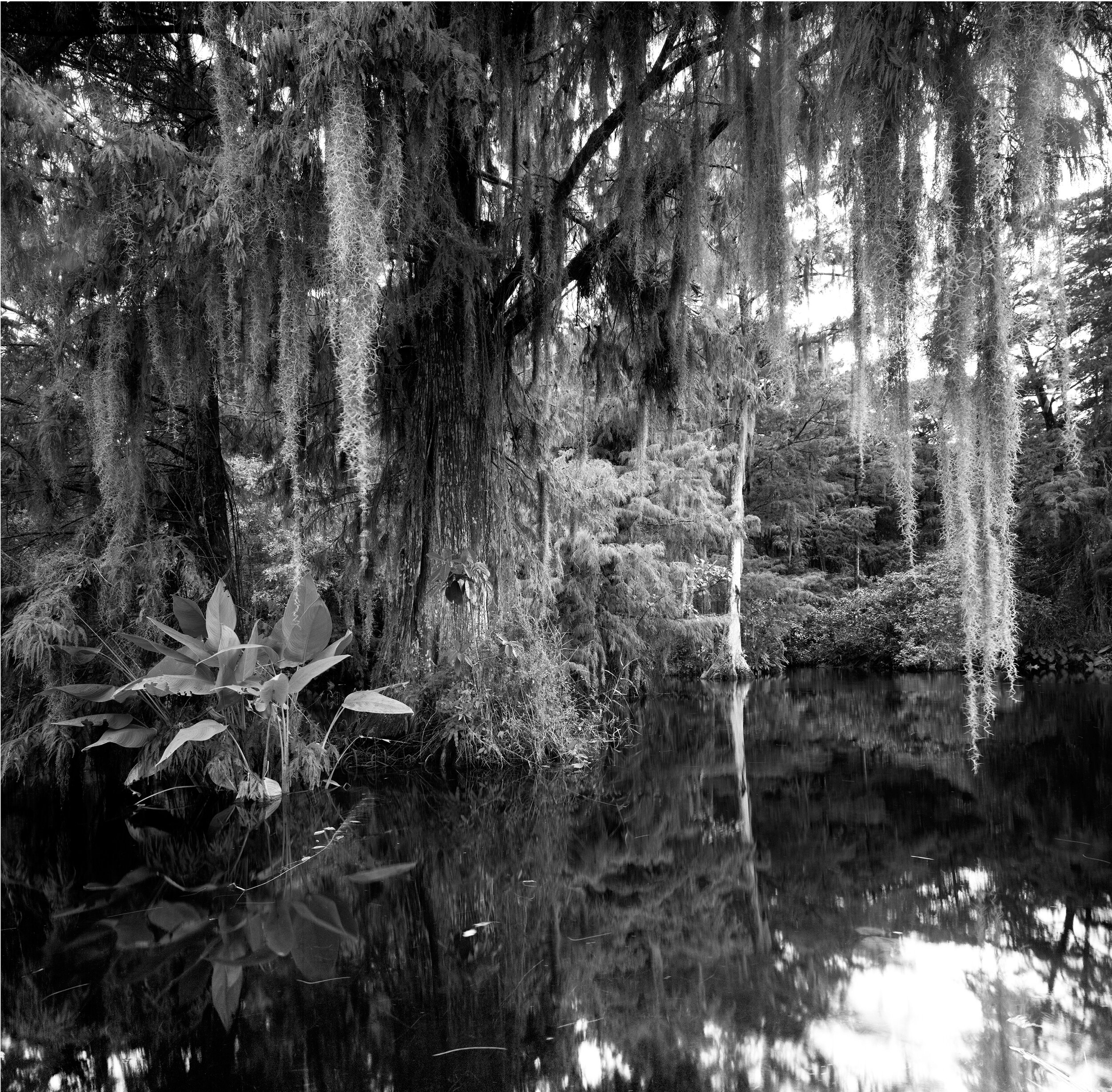

Clyde & Niki were both having great success in the Street Art Festival world, winning many awards and earning a nice income. They decided they needed to think about owning a gallery of their work. In 1992 they purchased 13 acres located along Tamiami Trail in Big Cypress National Preserve to build a gallery and a home. The gallery exhibits a large display of both Clyde and Niki’s work.
Their daughter, Jackie, joined their business in 2000 and opened the Venice Gallery & Studio where both Clyde and Niki’s work can be viewed, and where the 2000 square foot darkroom is located. In 2001, Jackie’s husband Neal joined the business and became Clyde’s darkroom technician.
